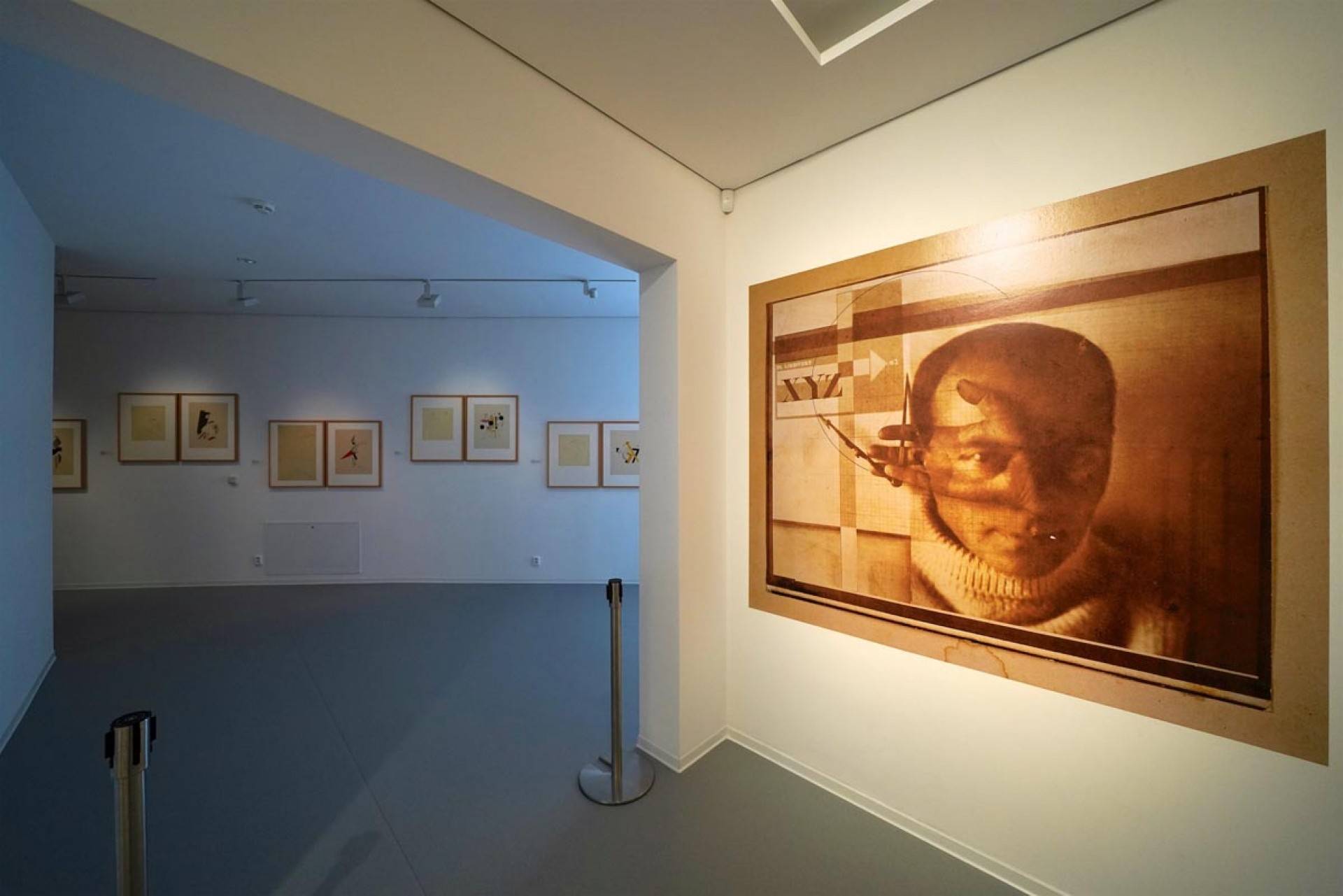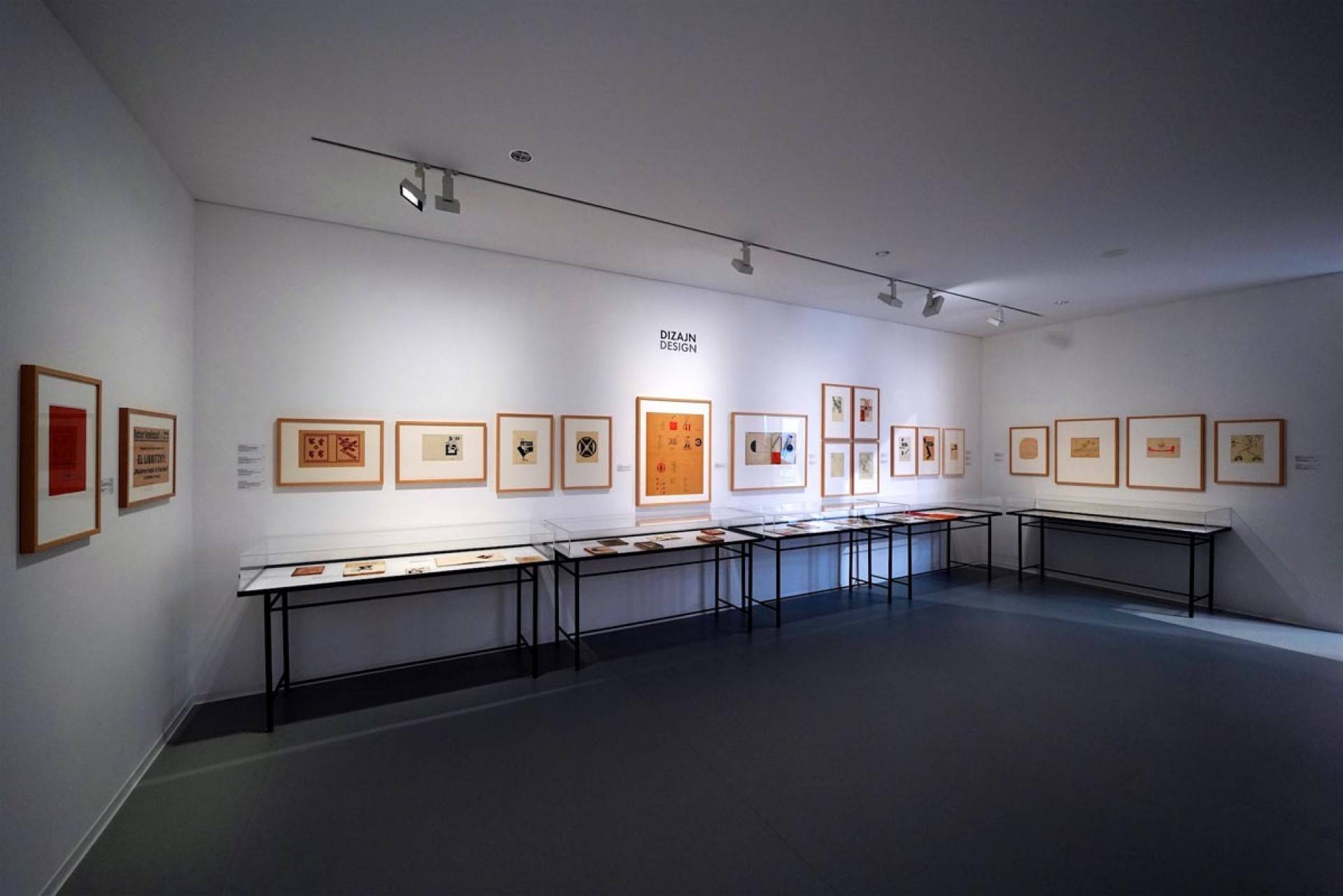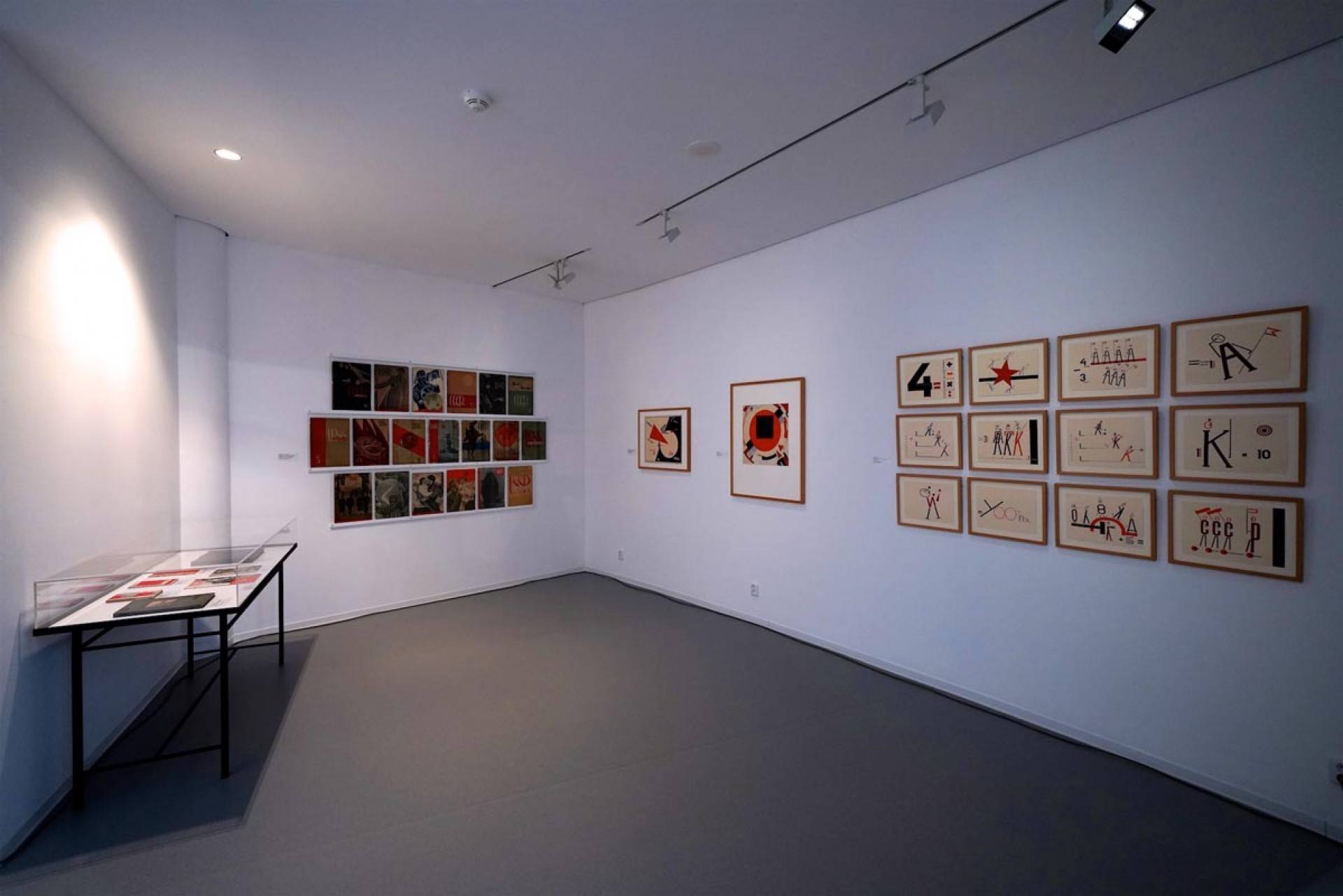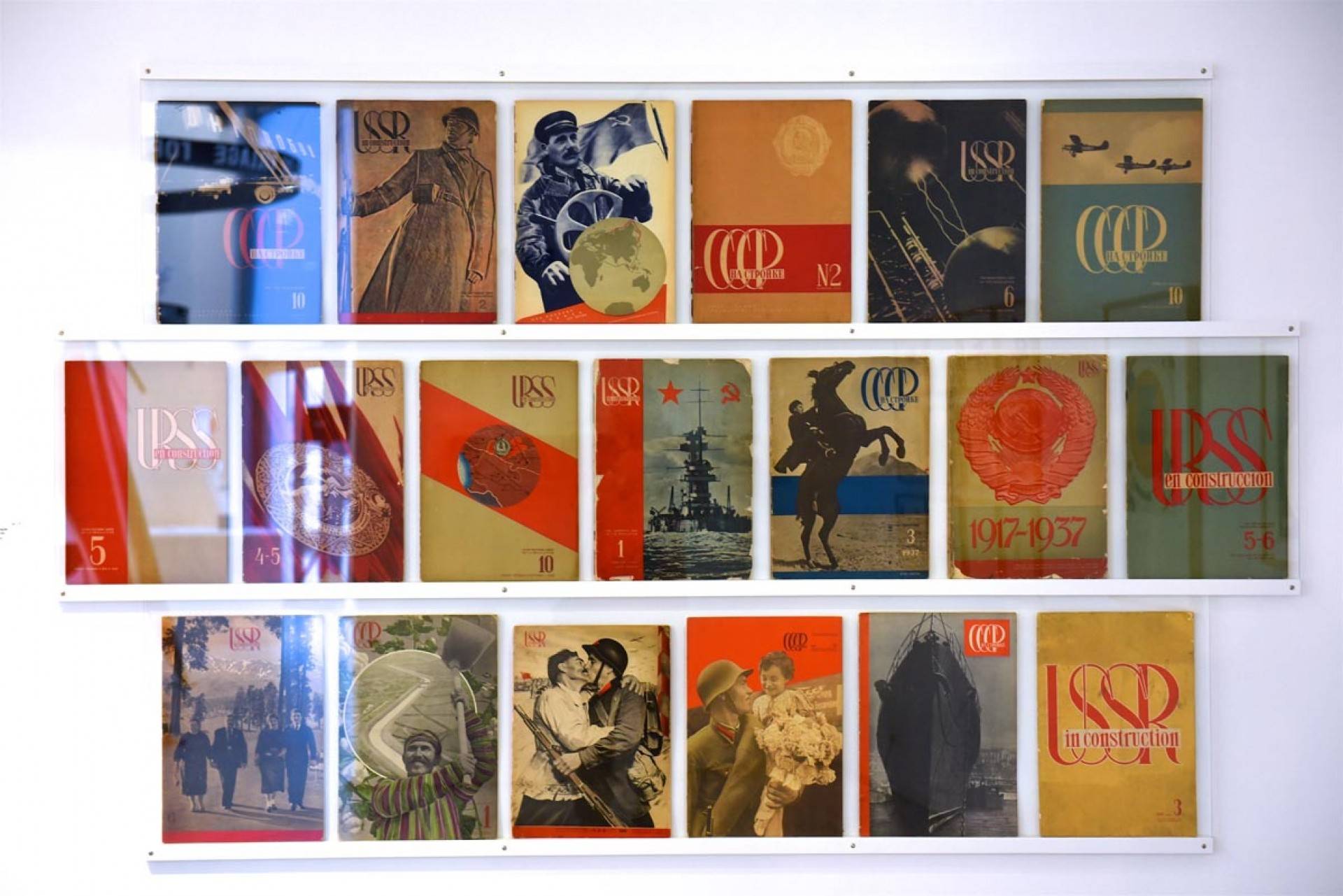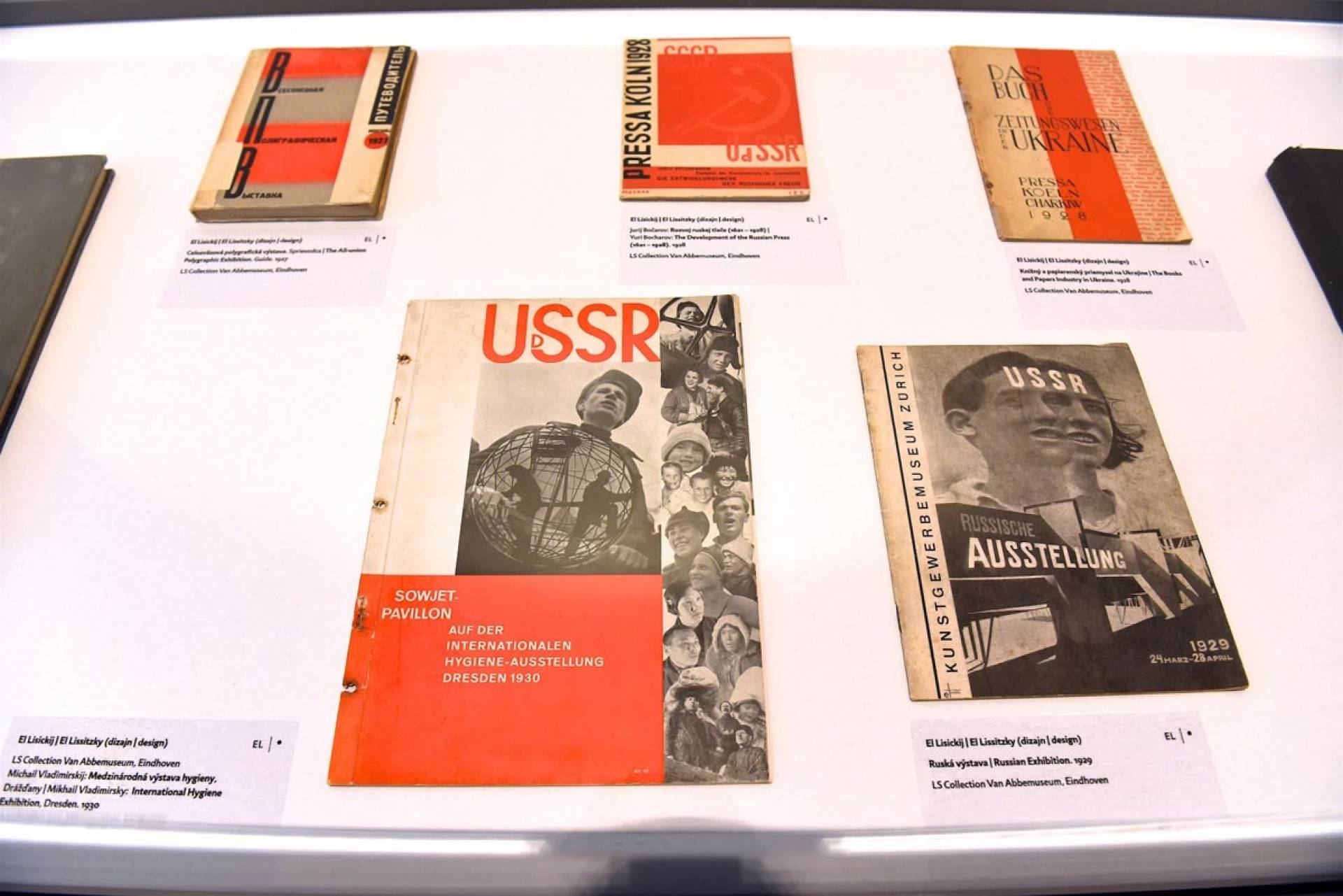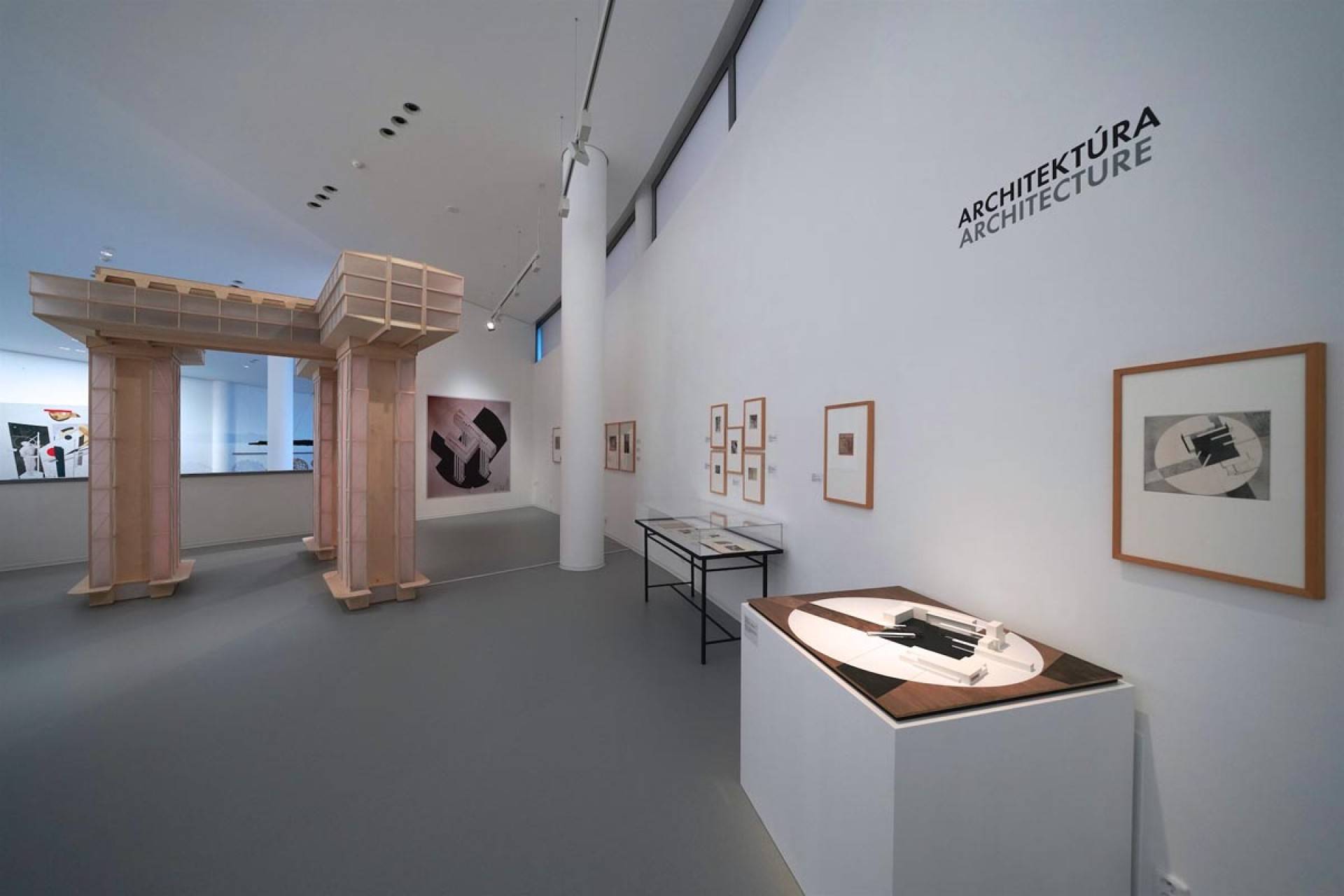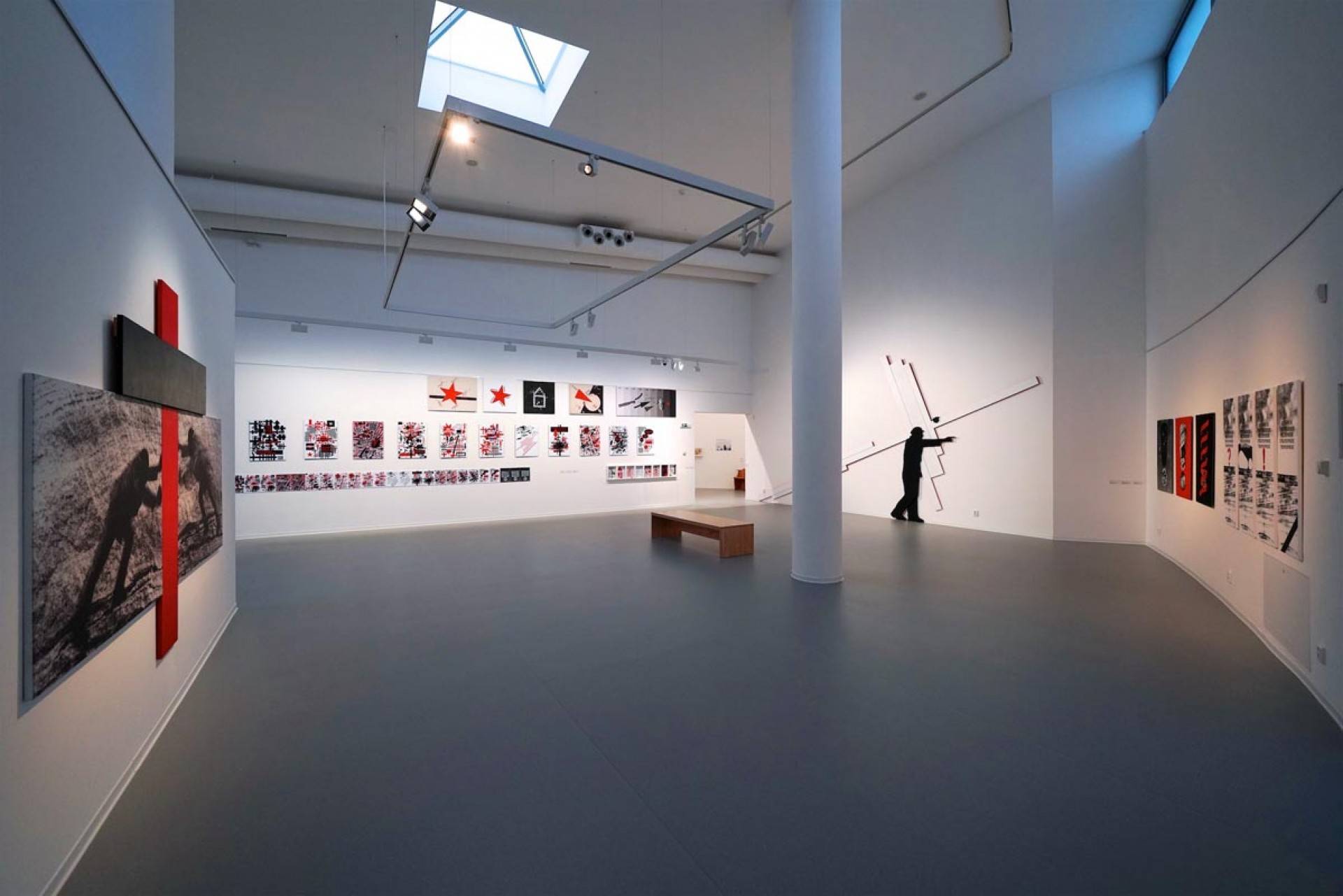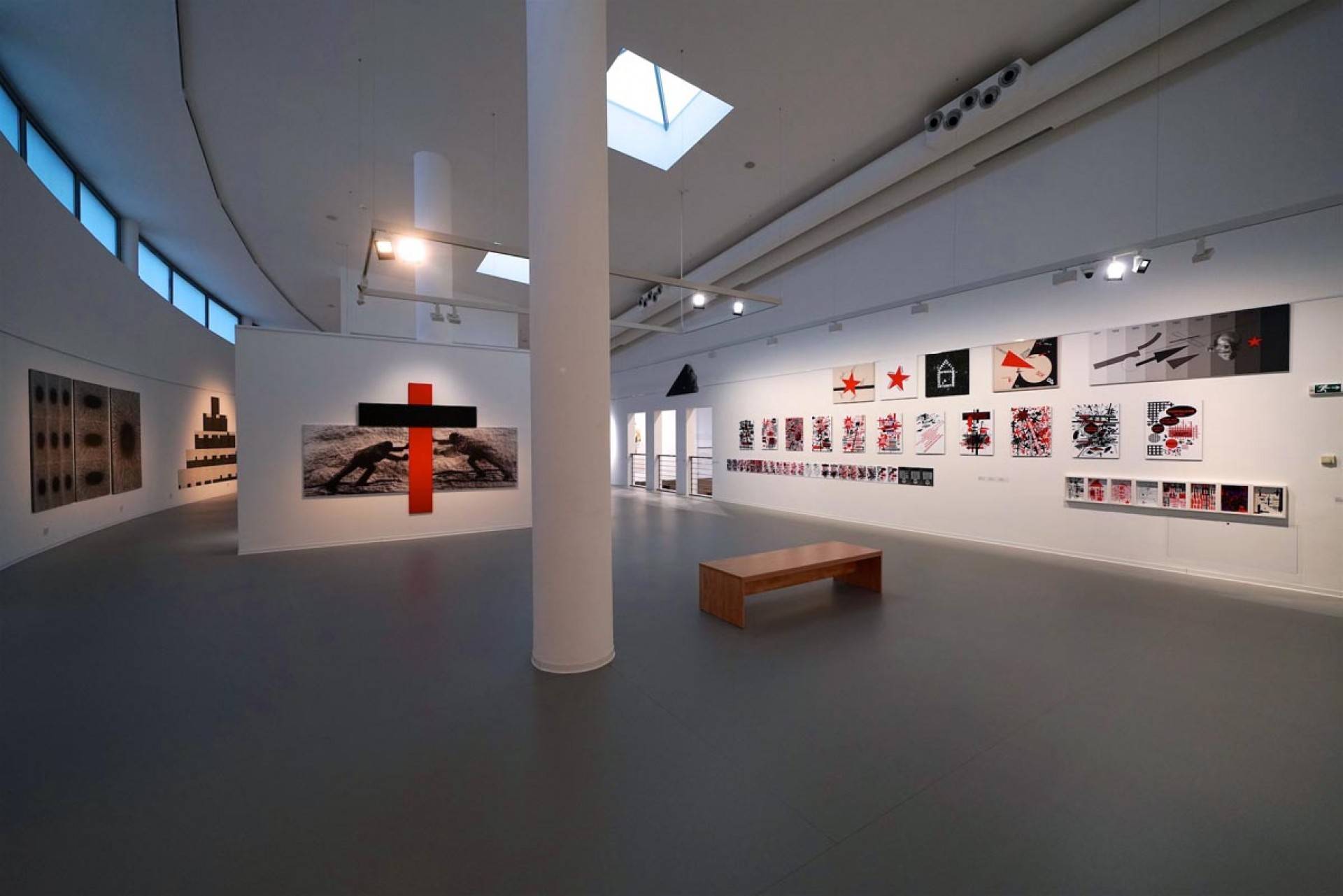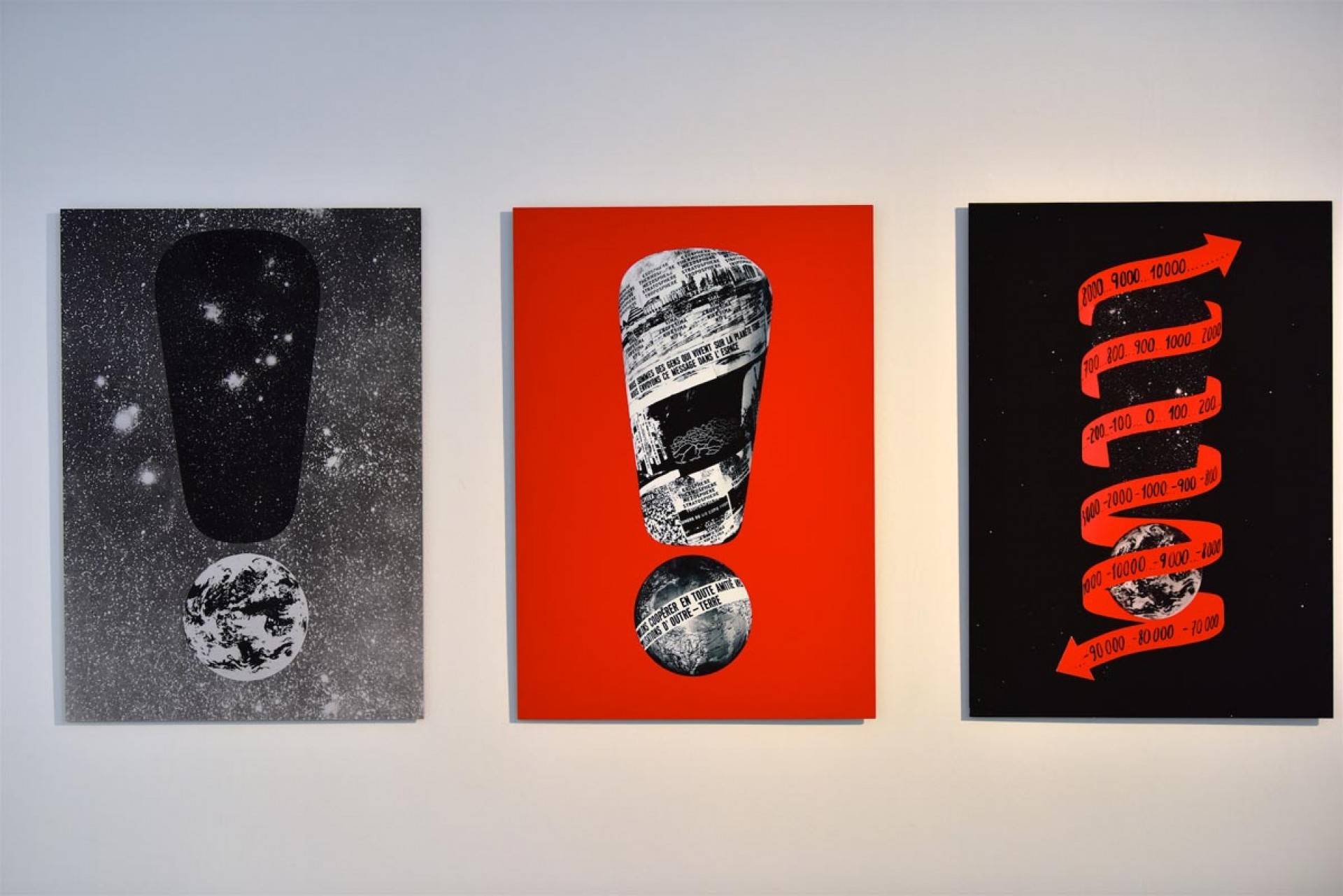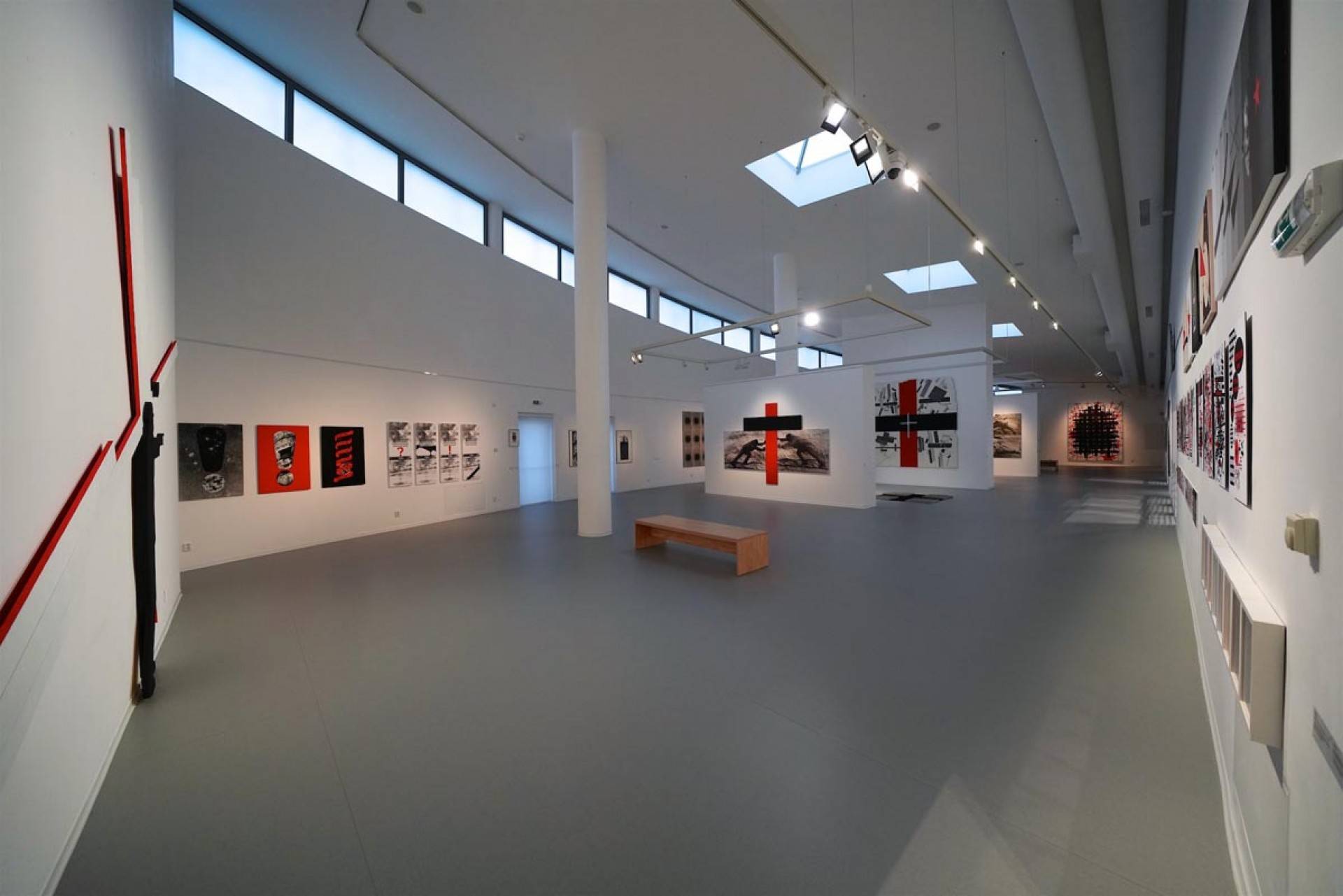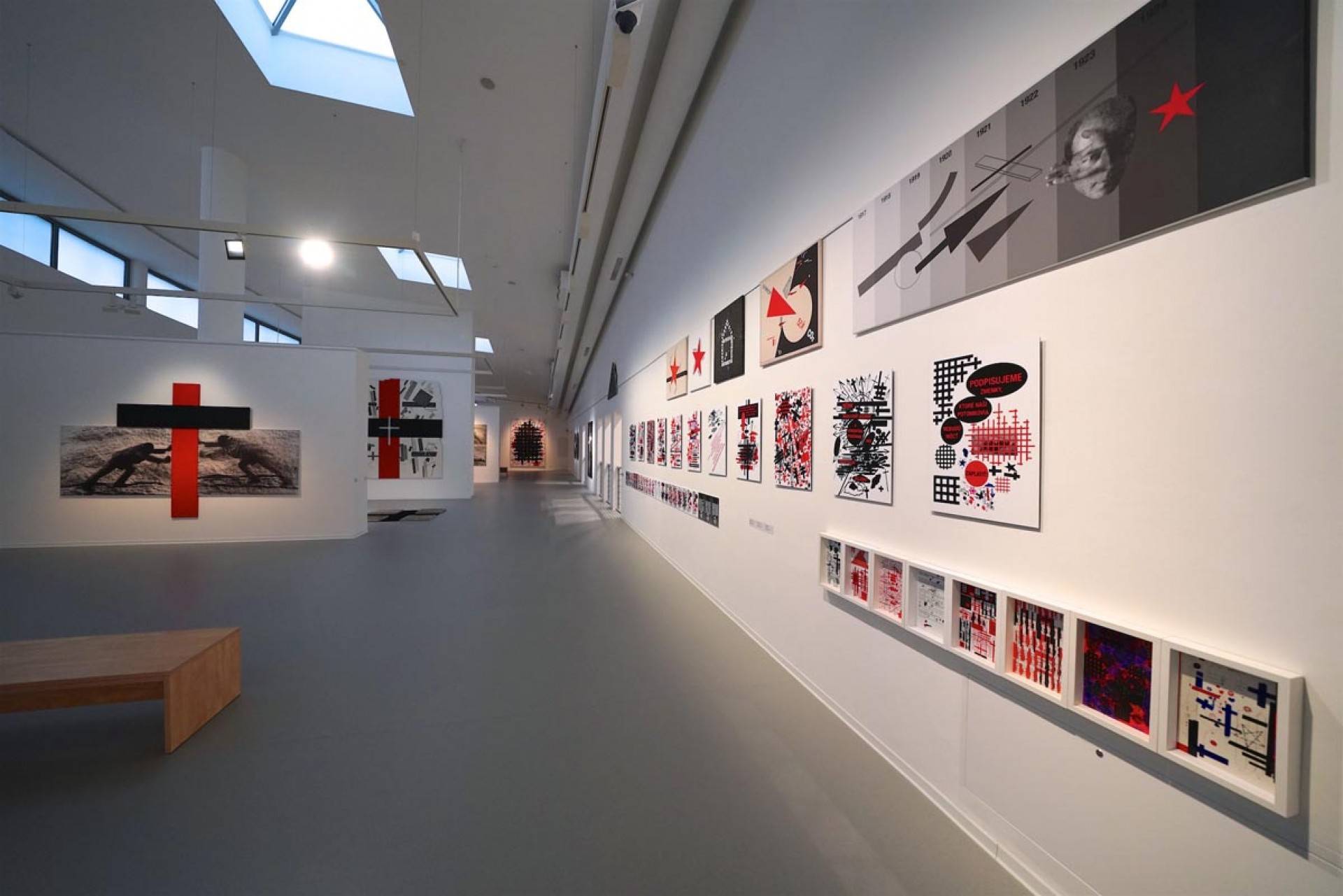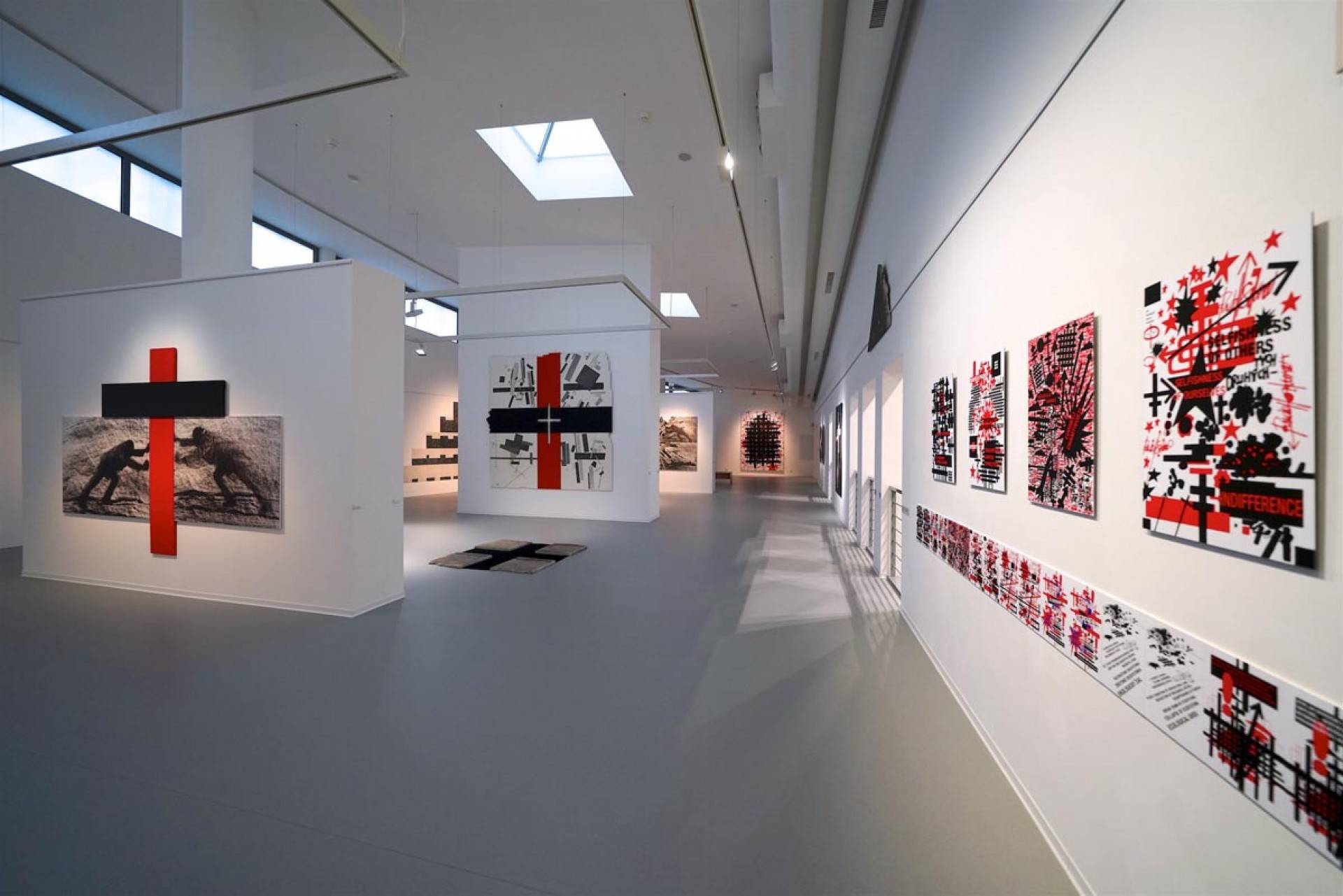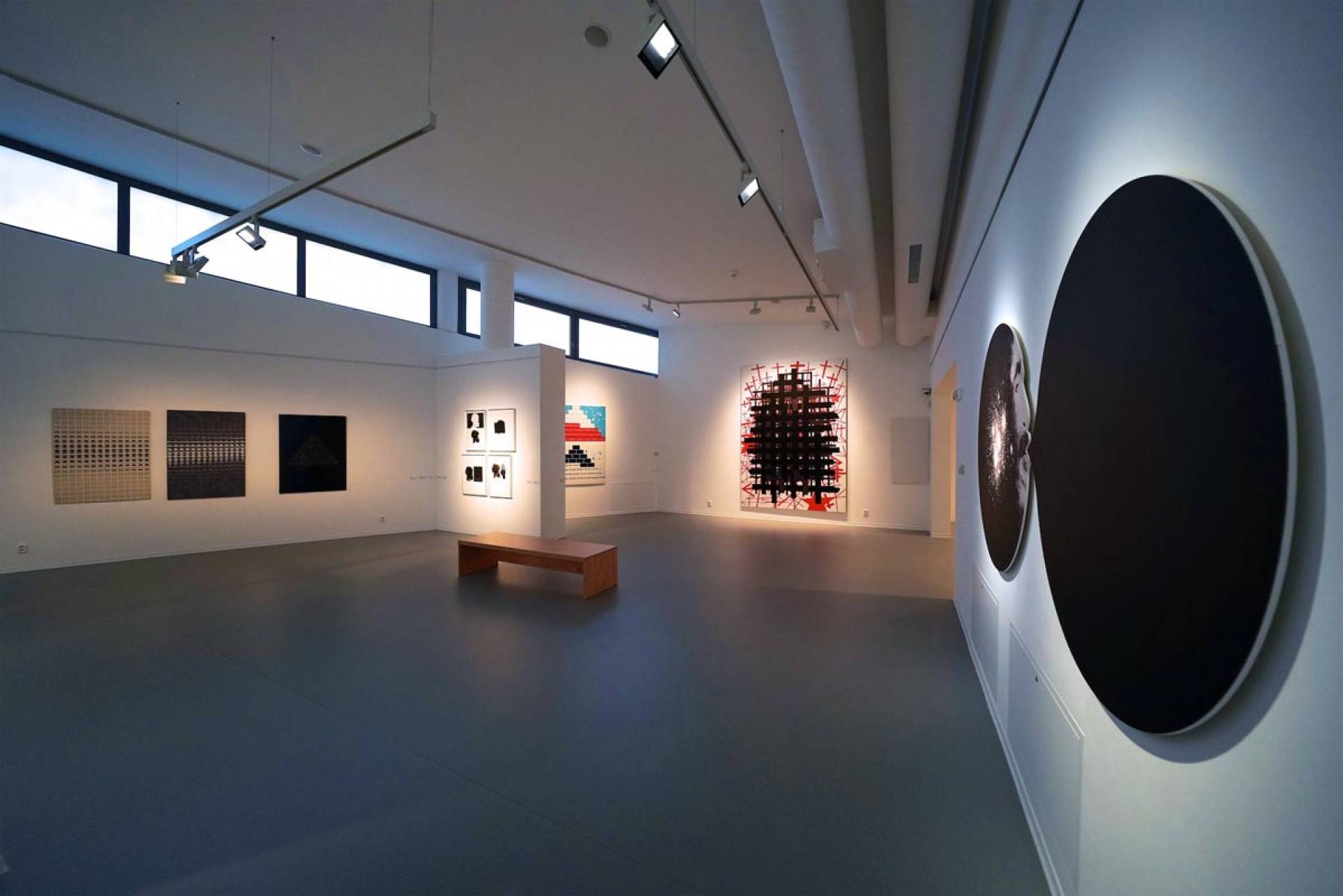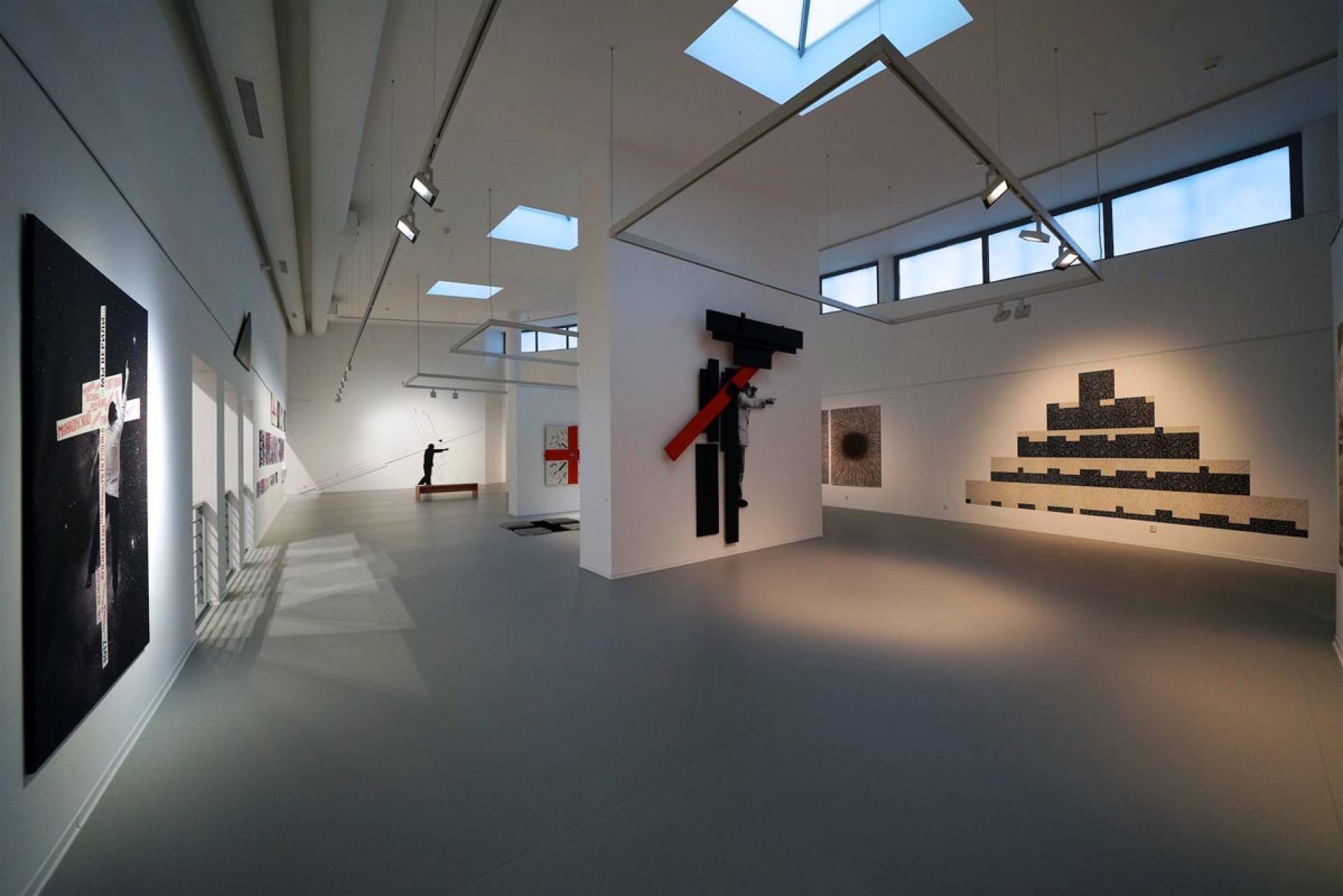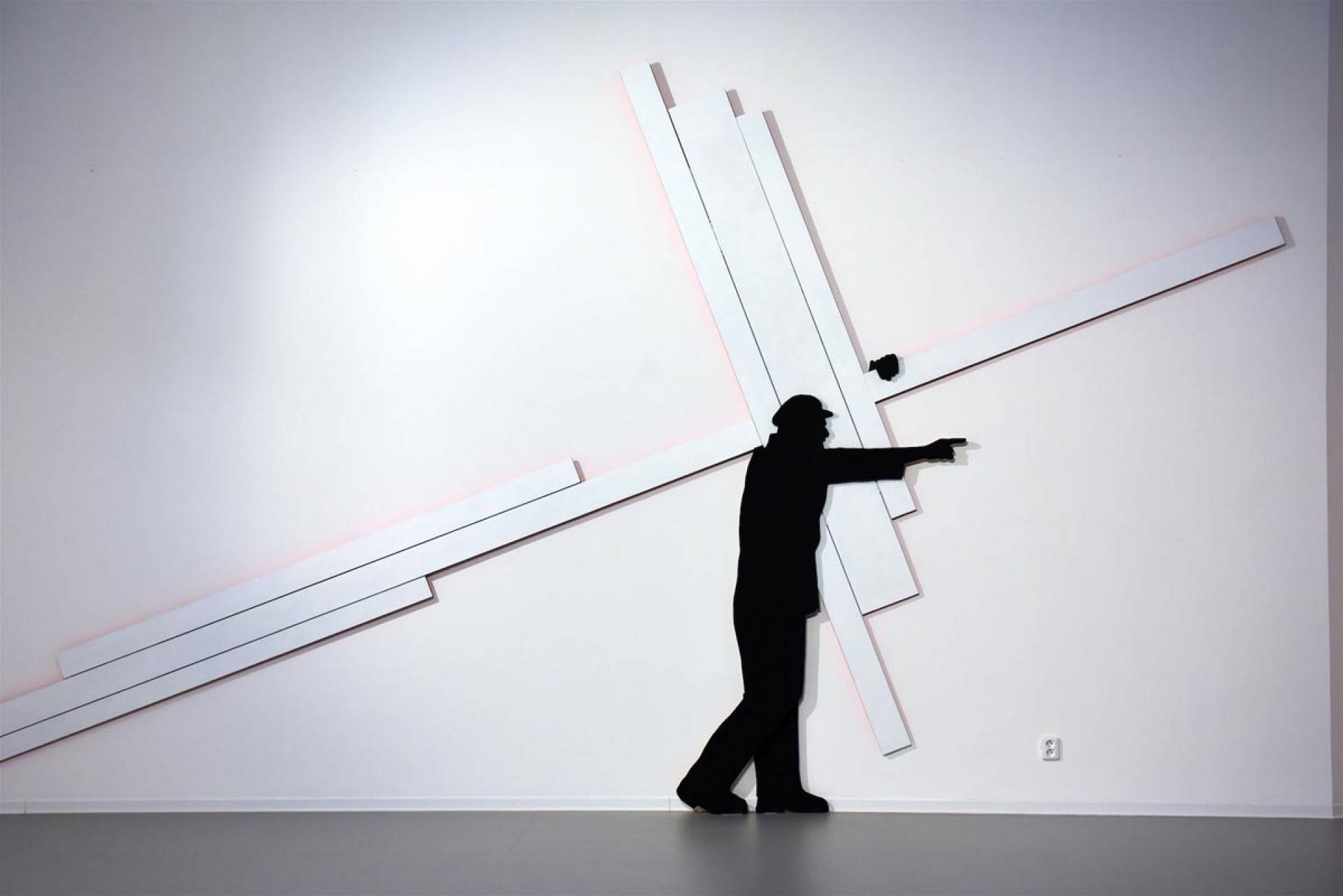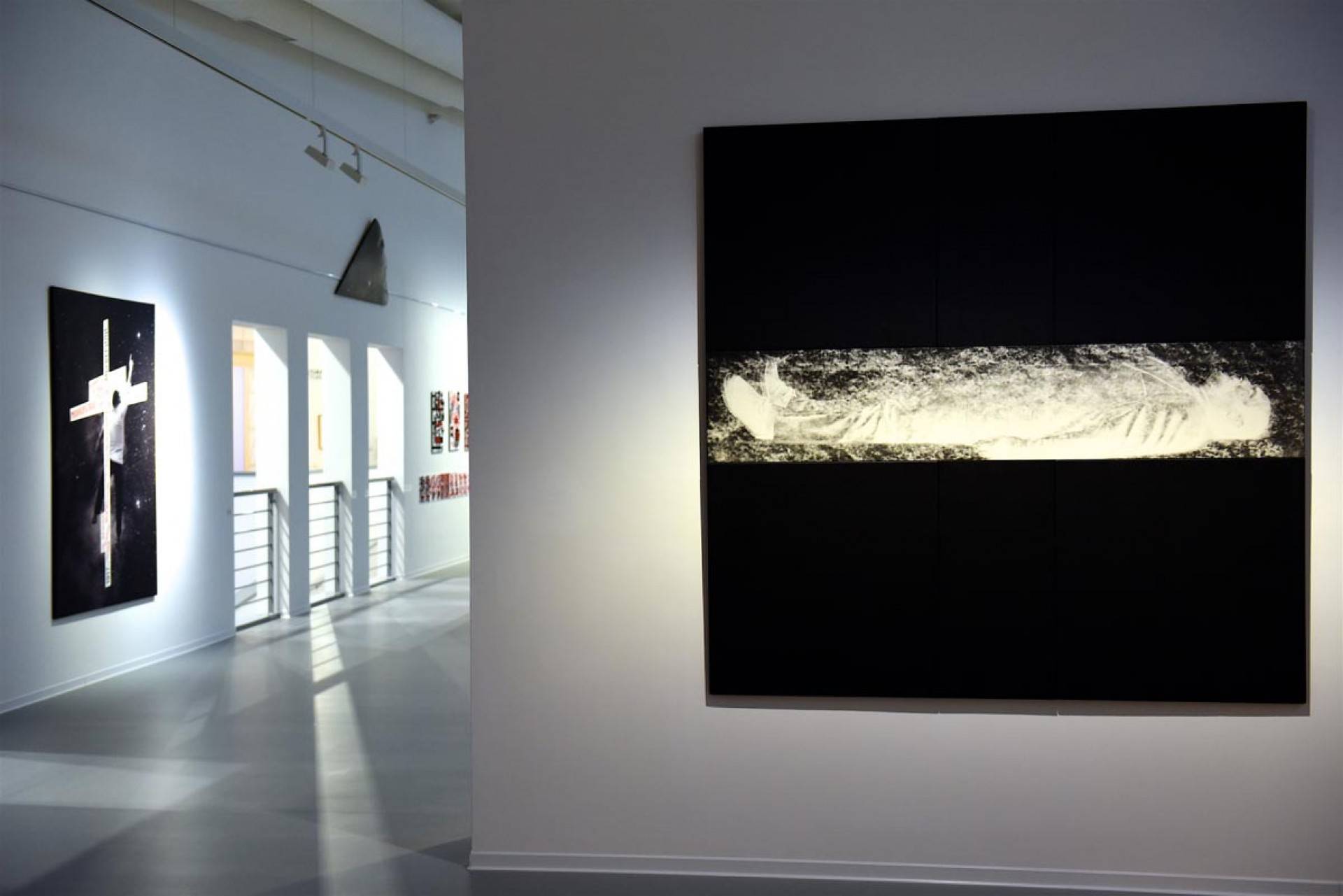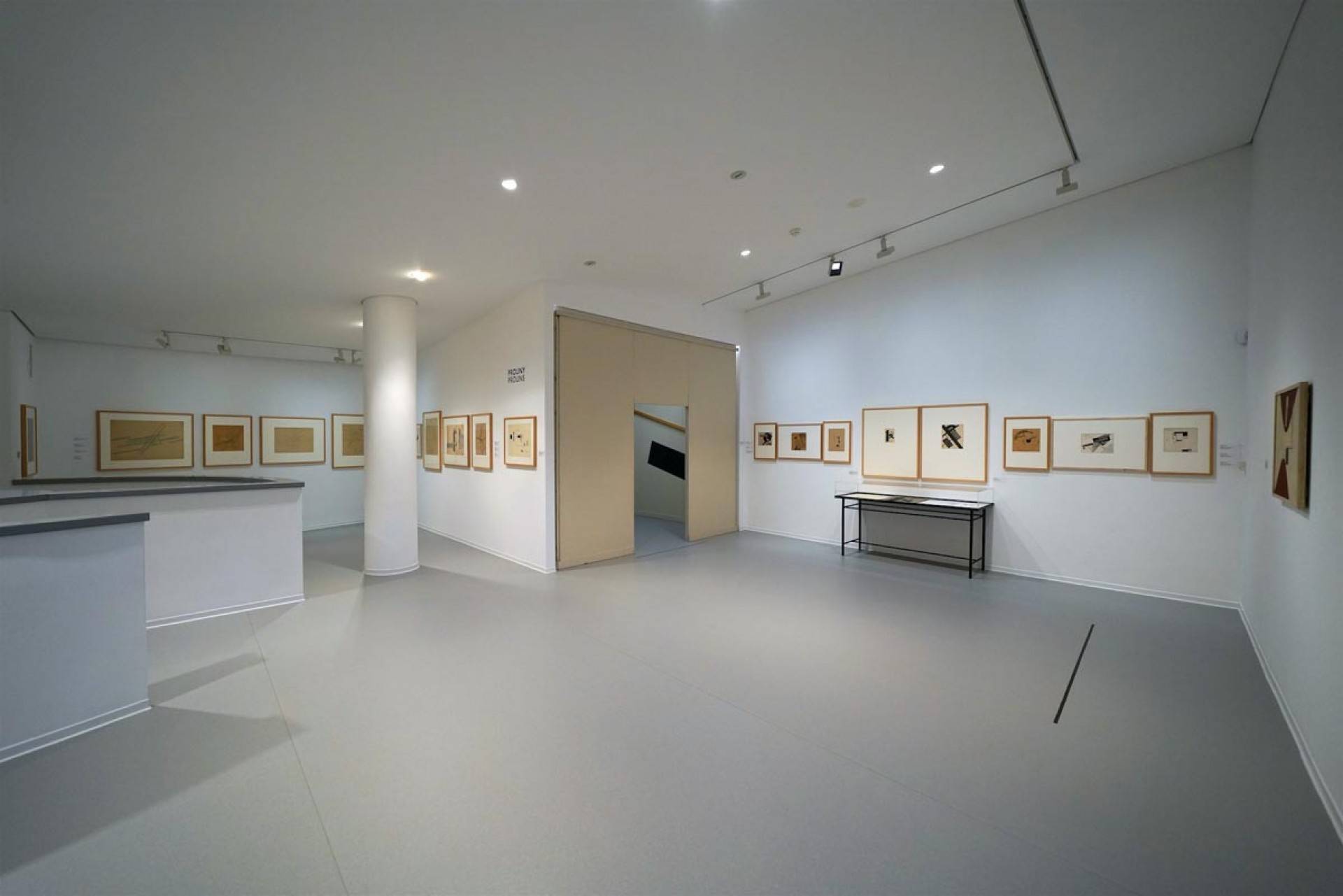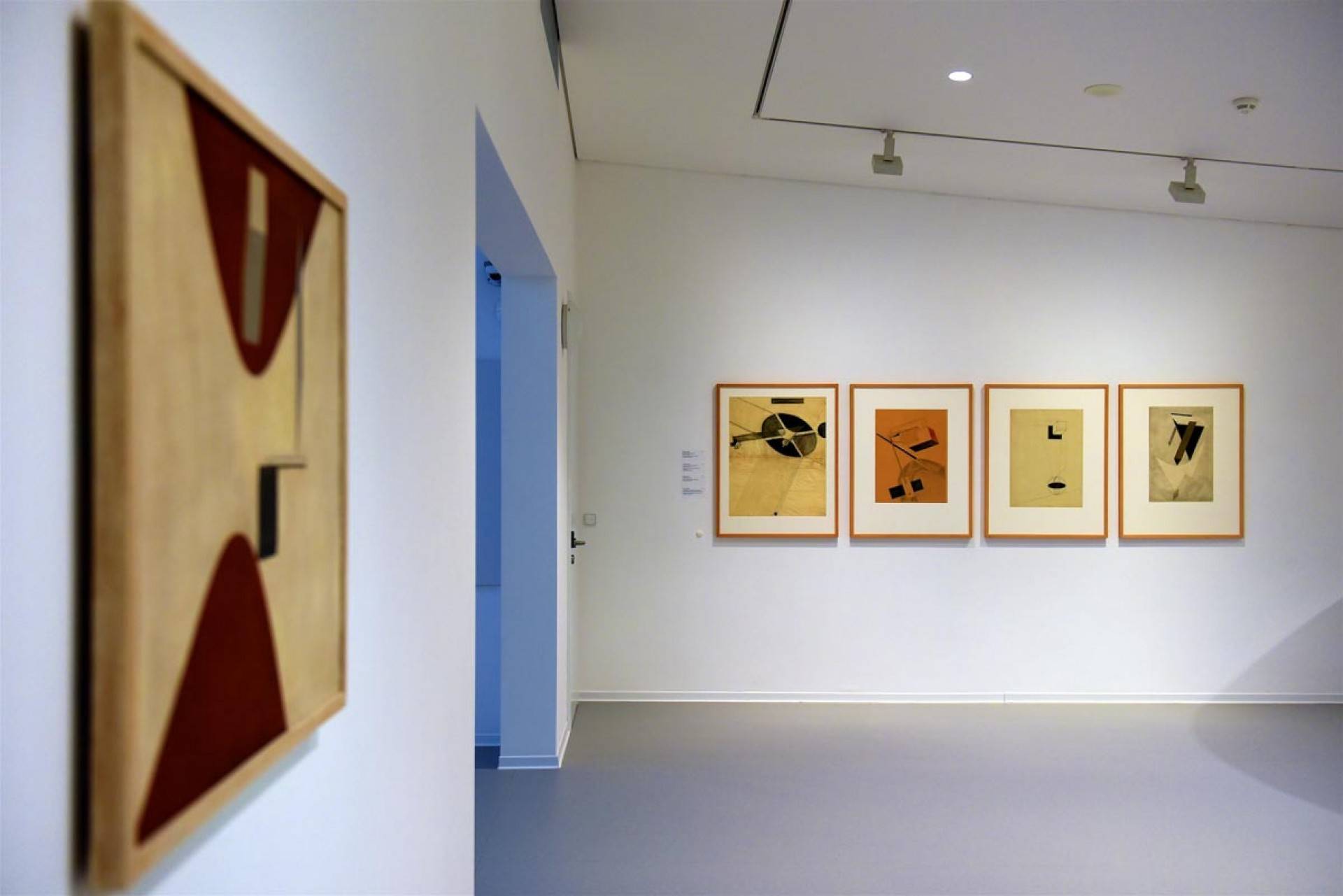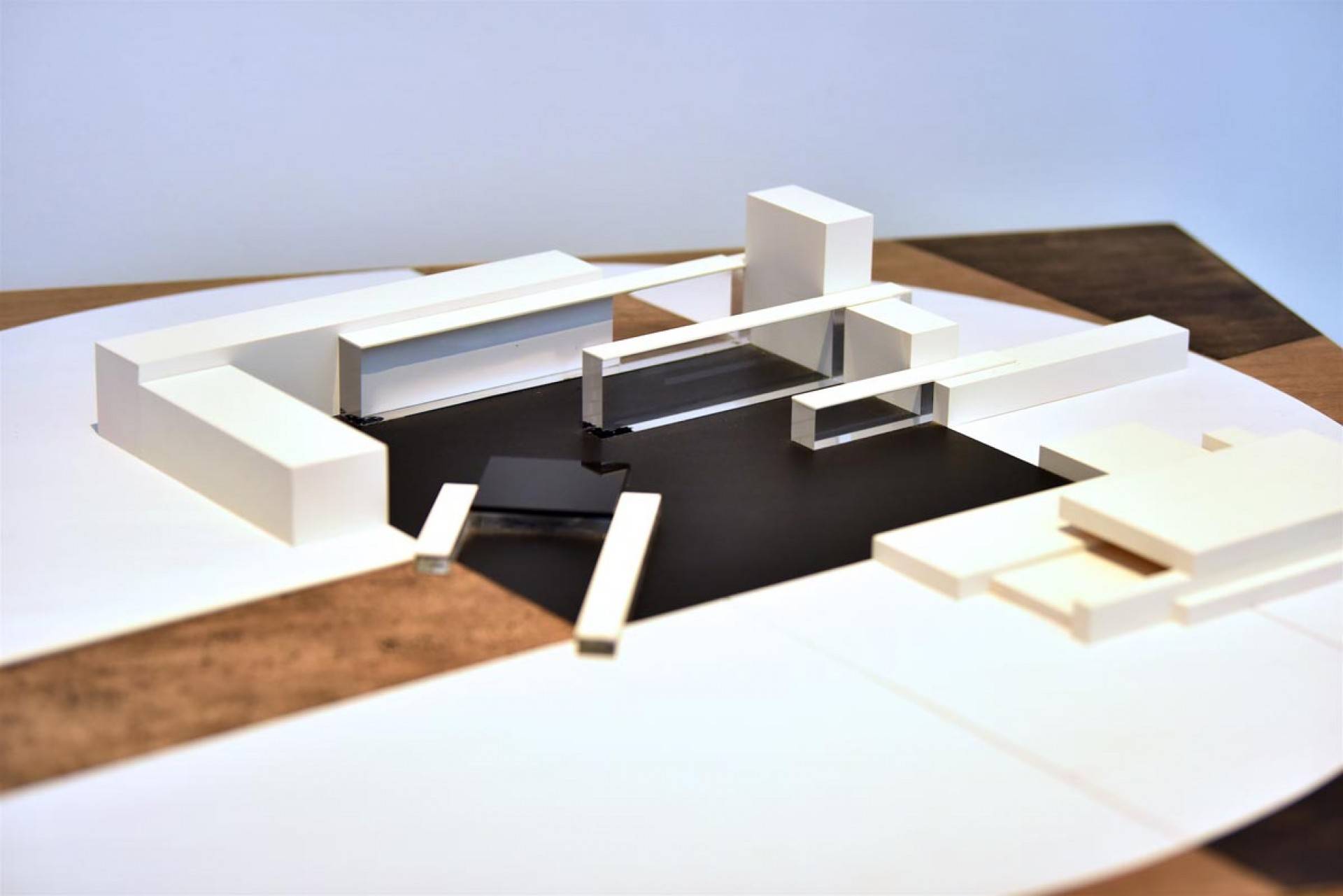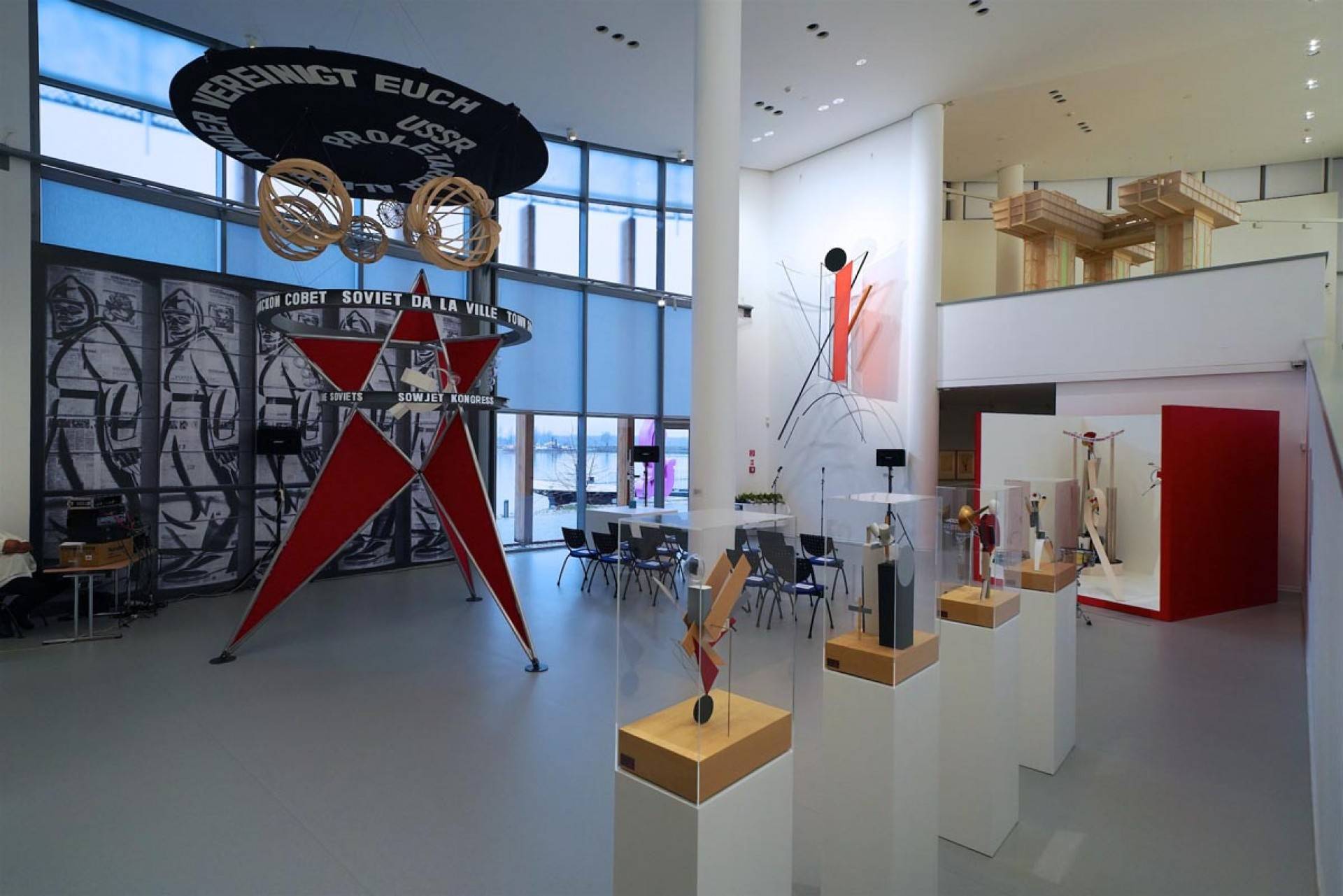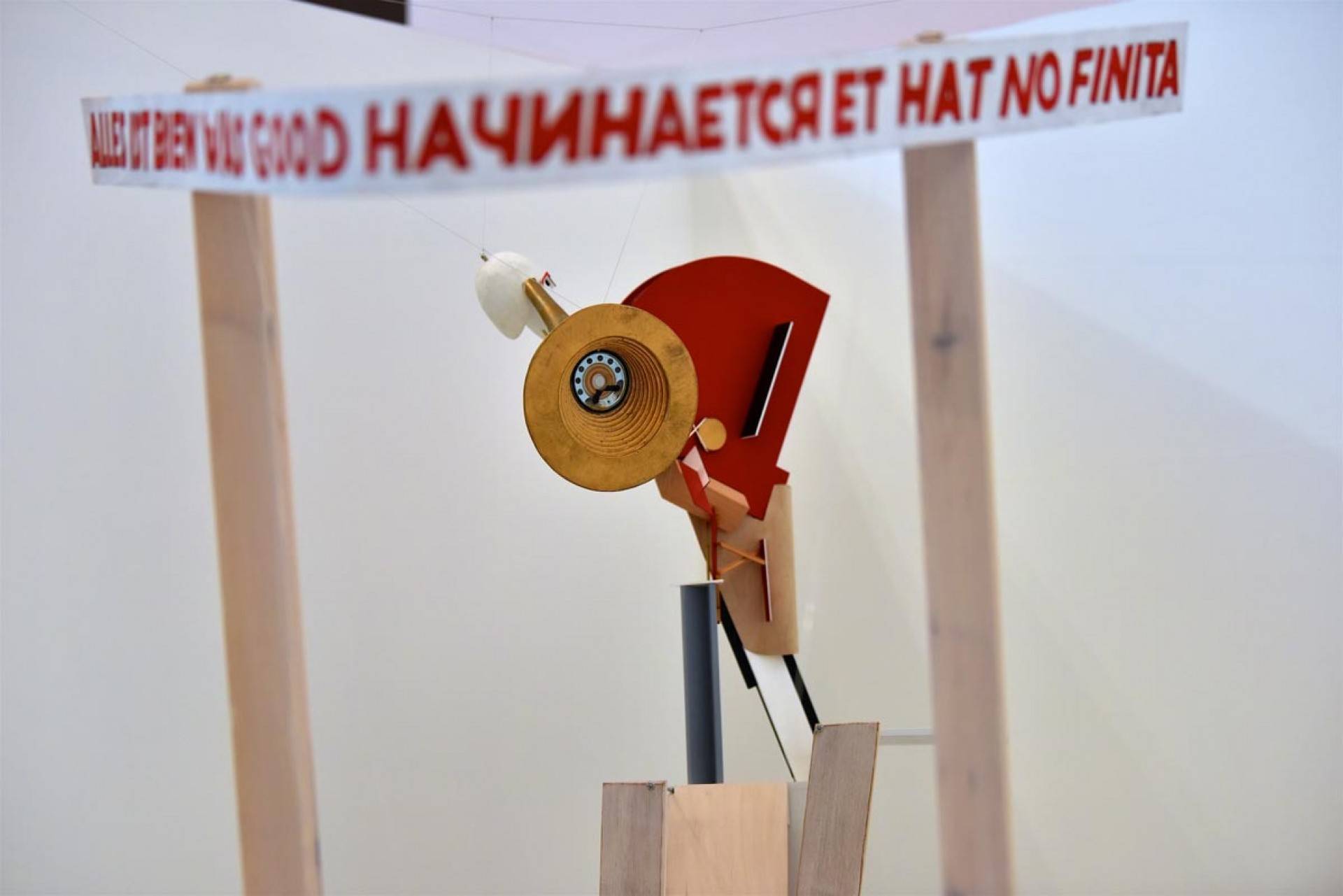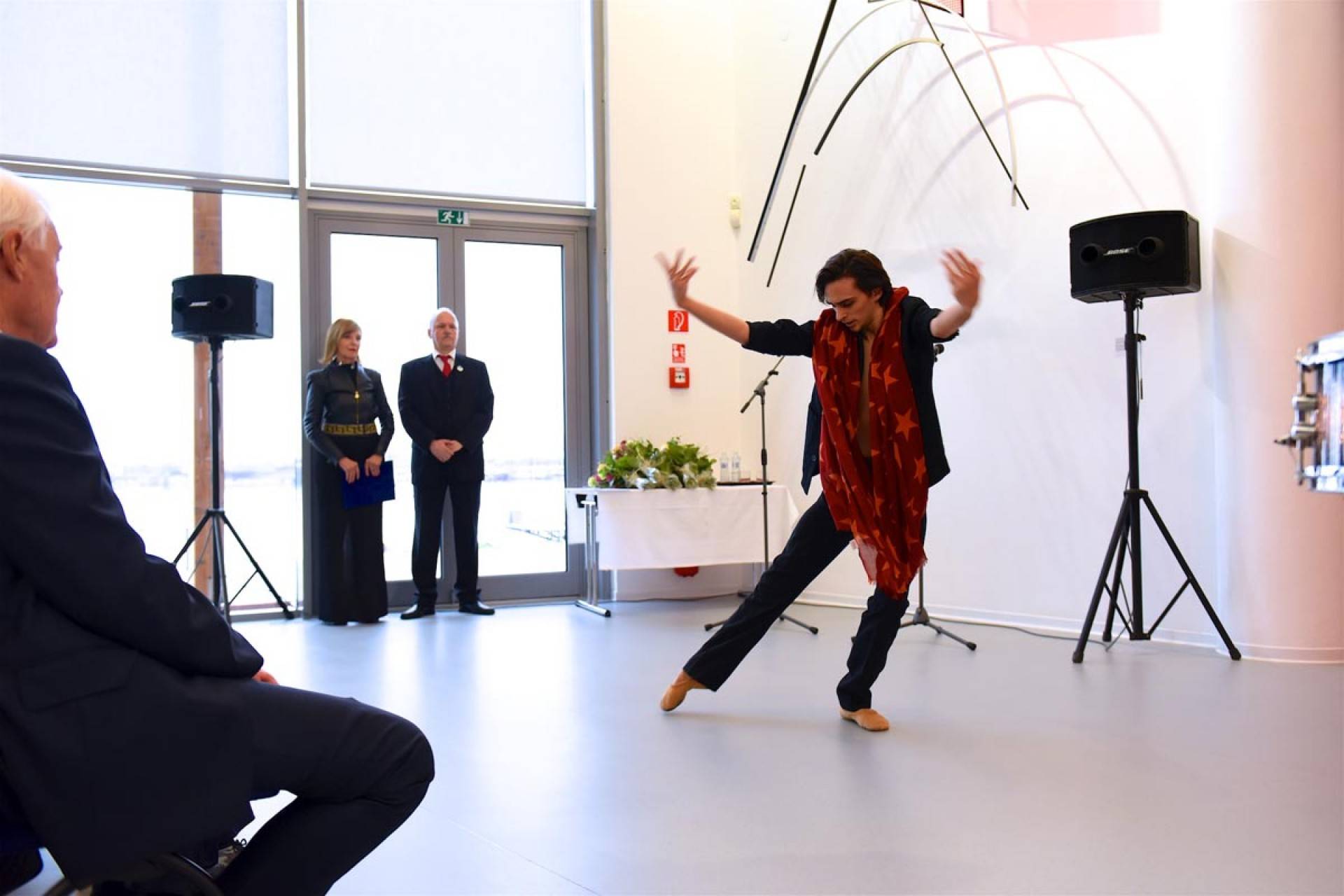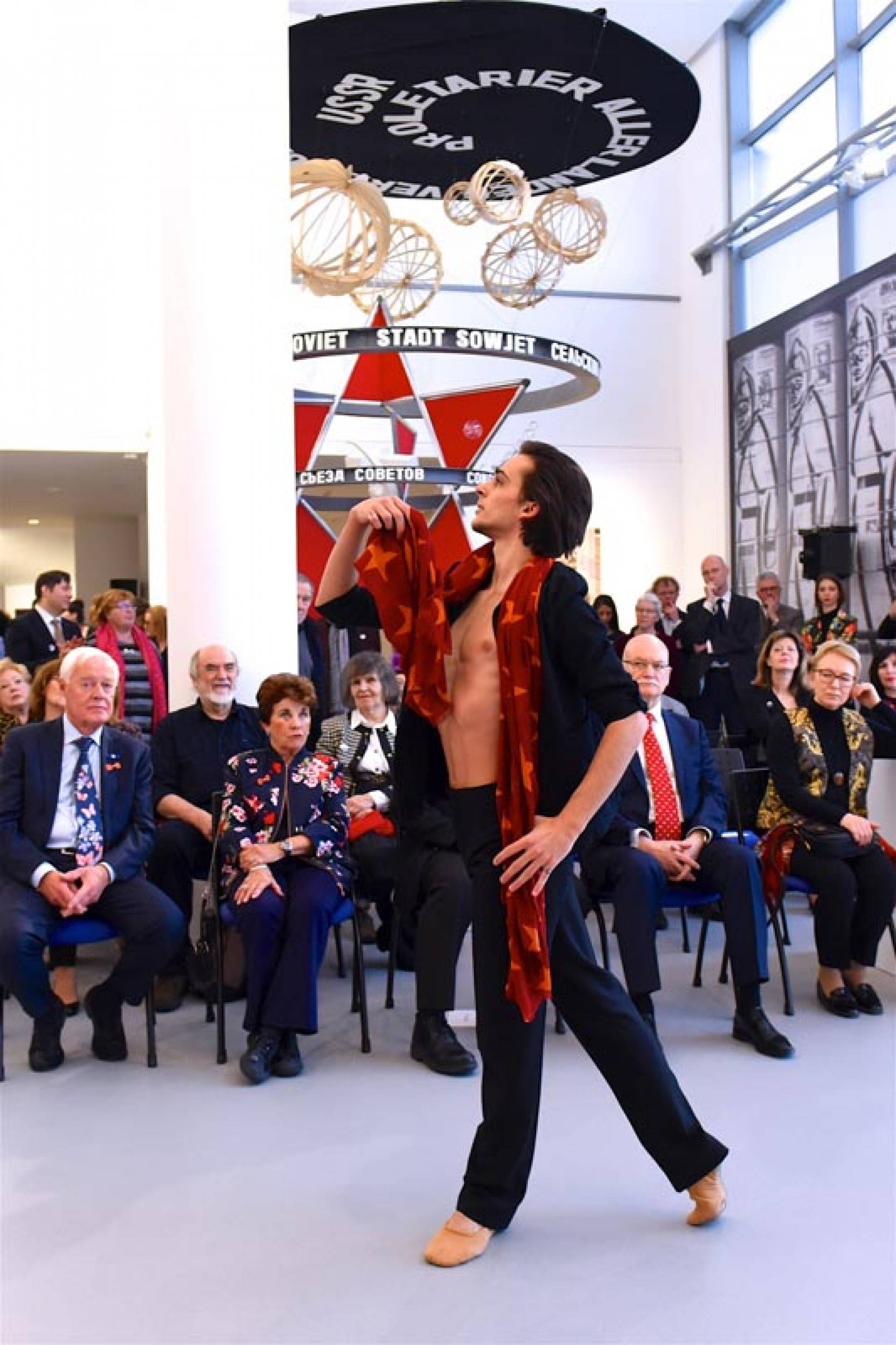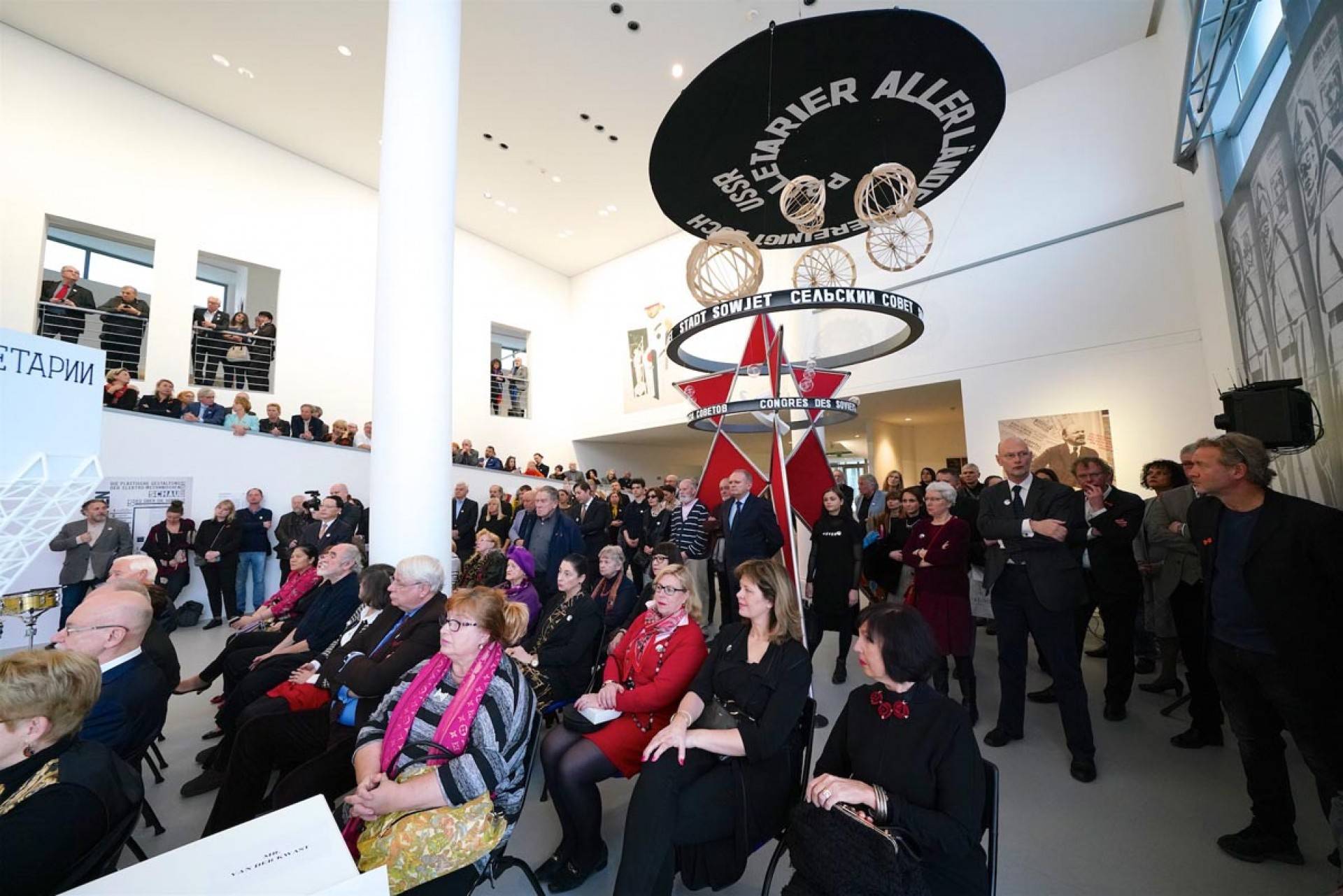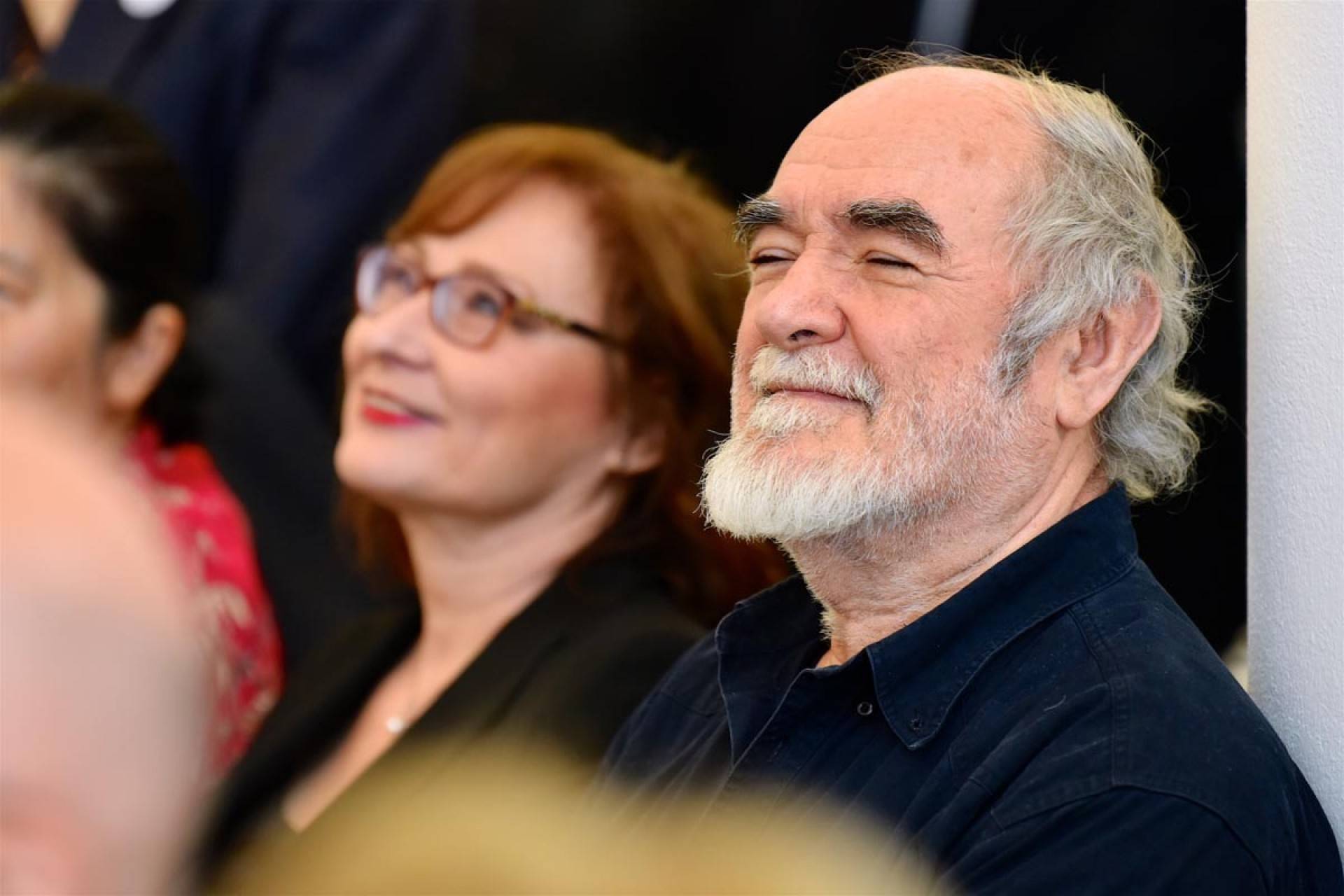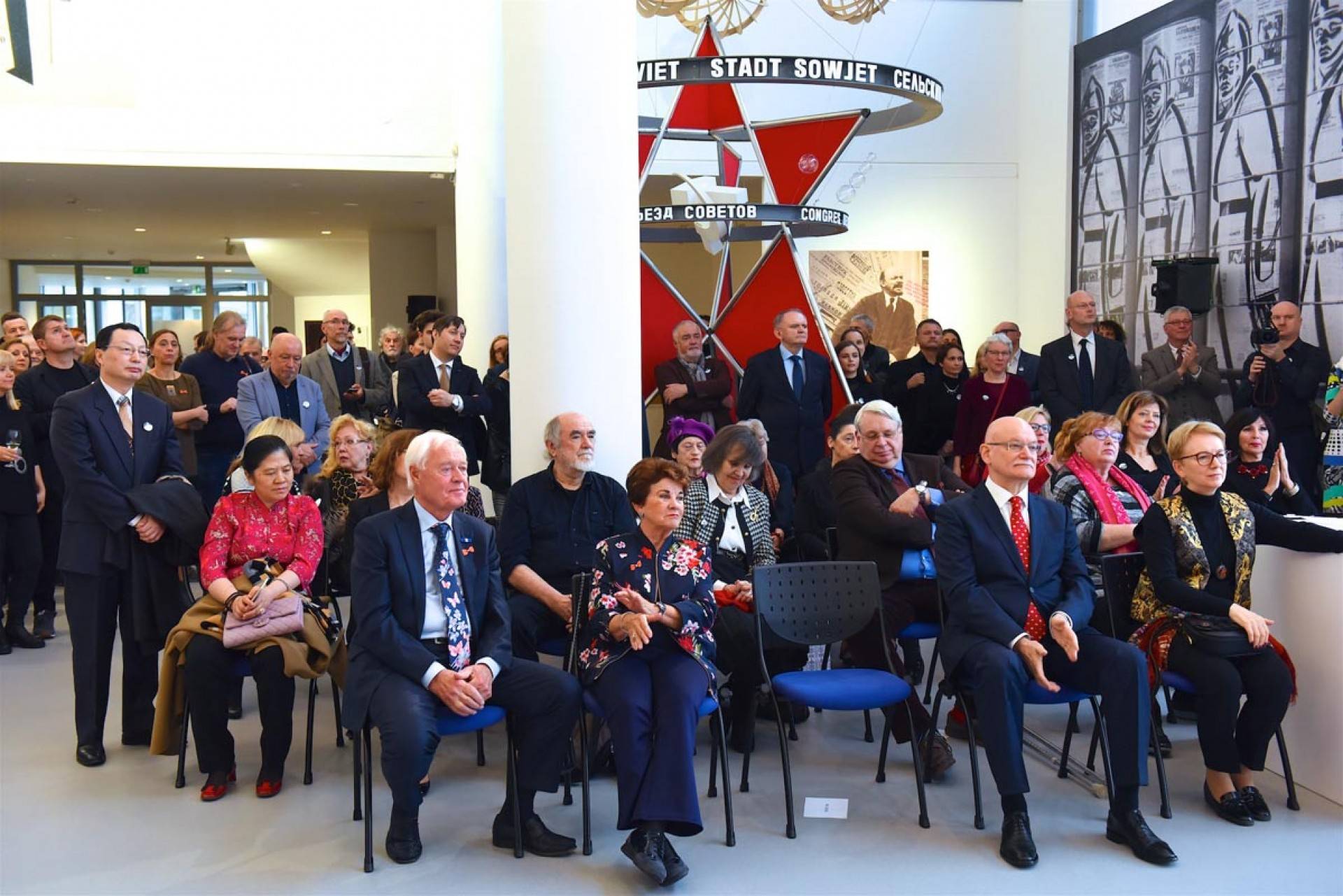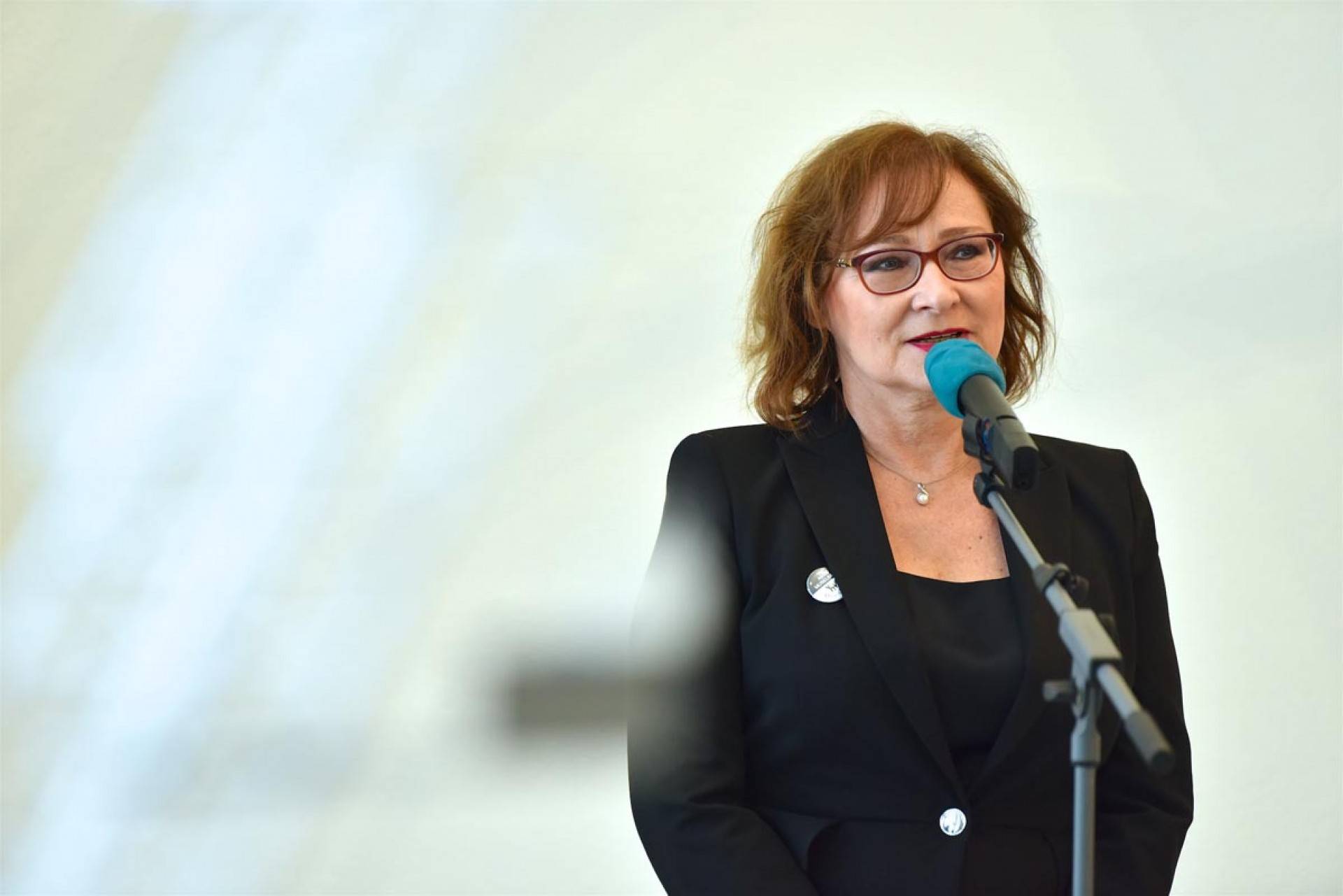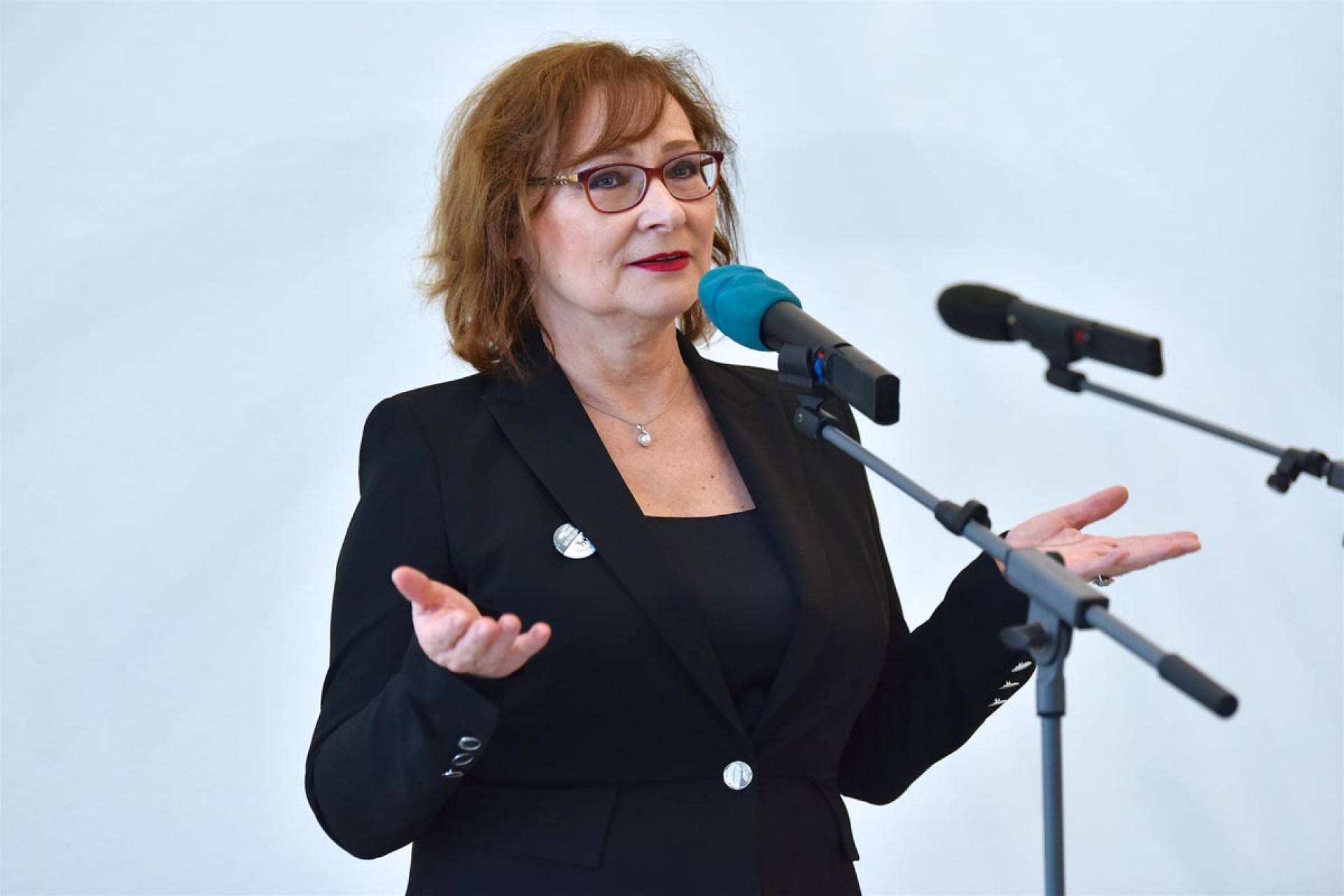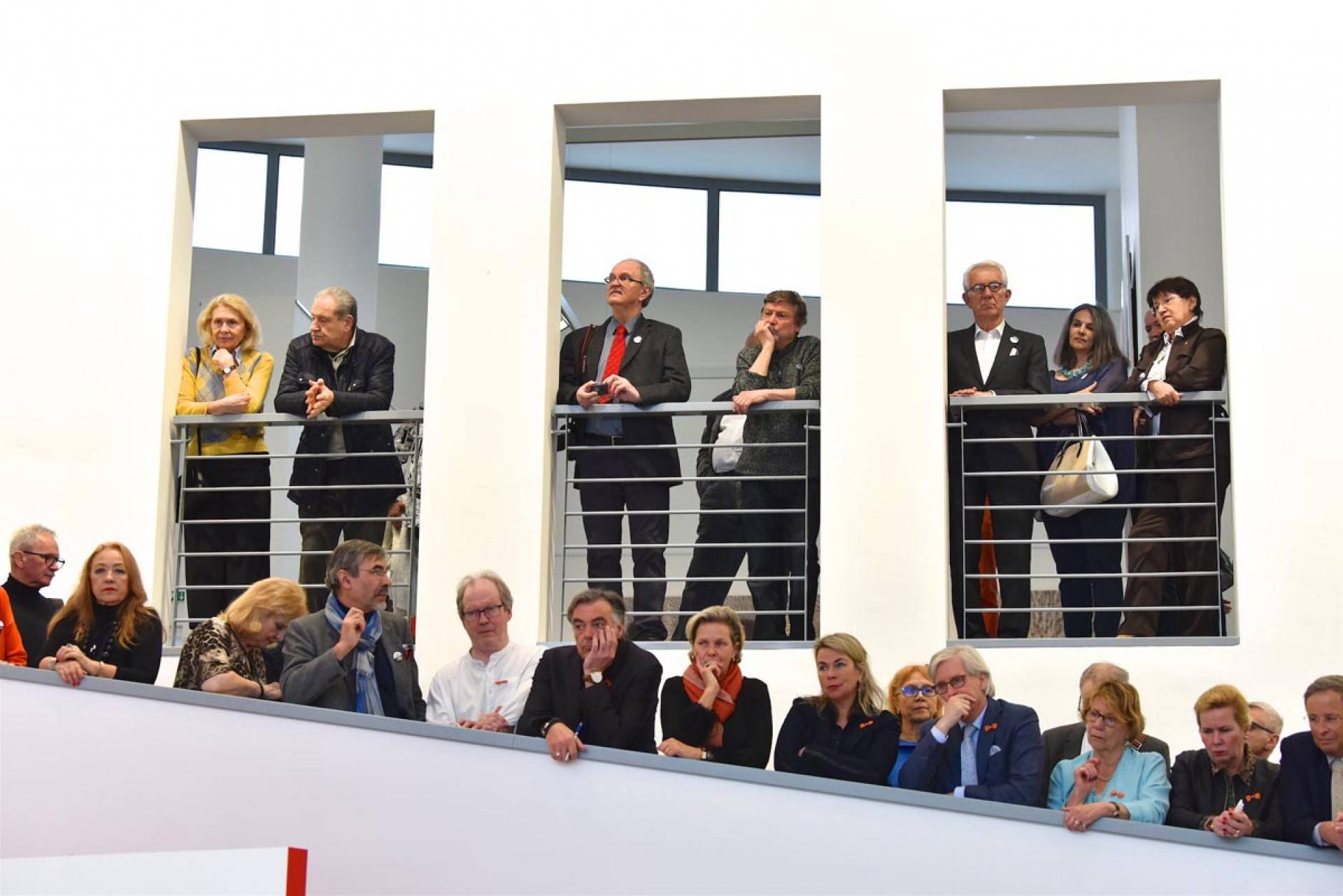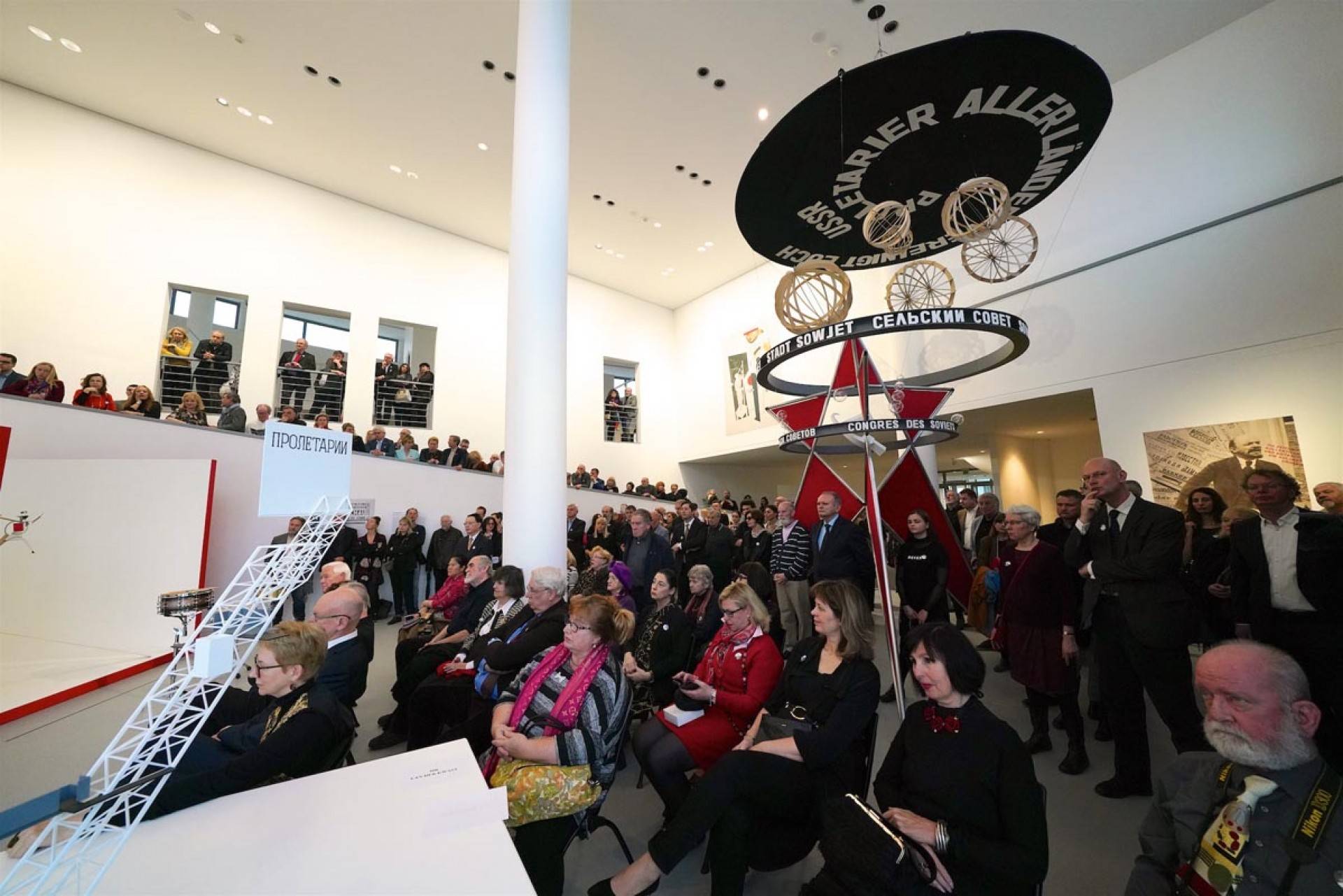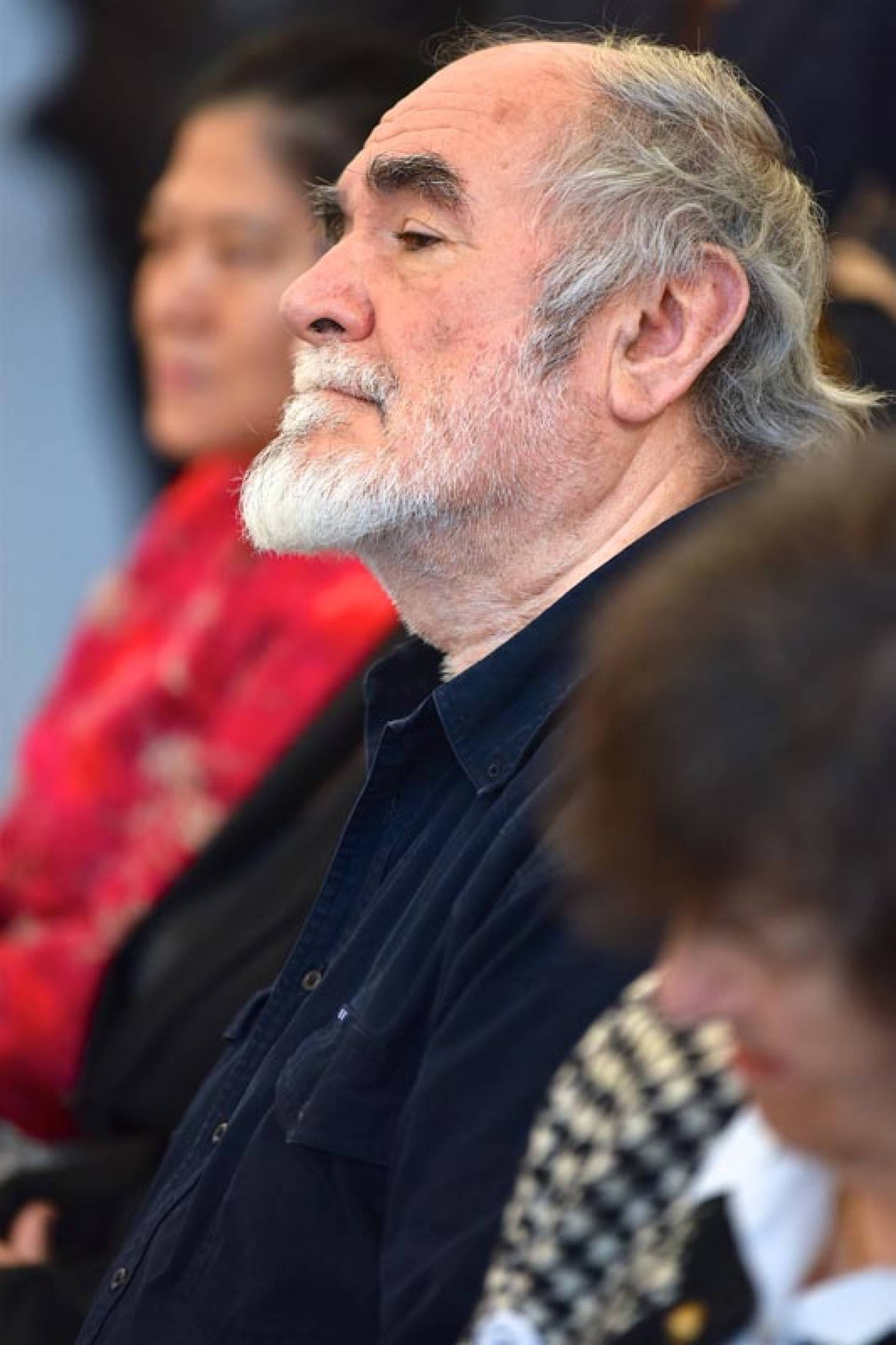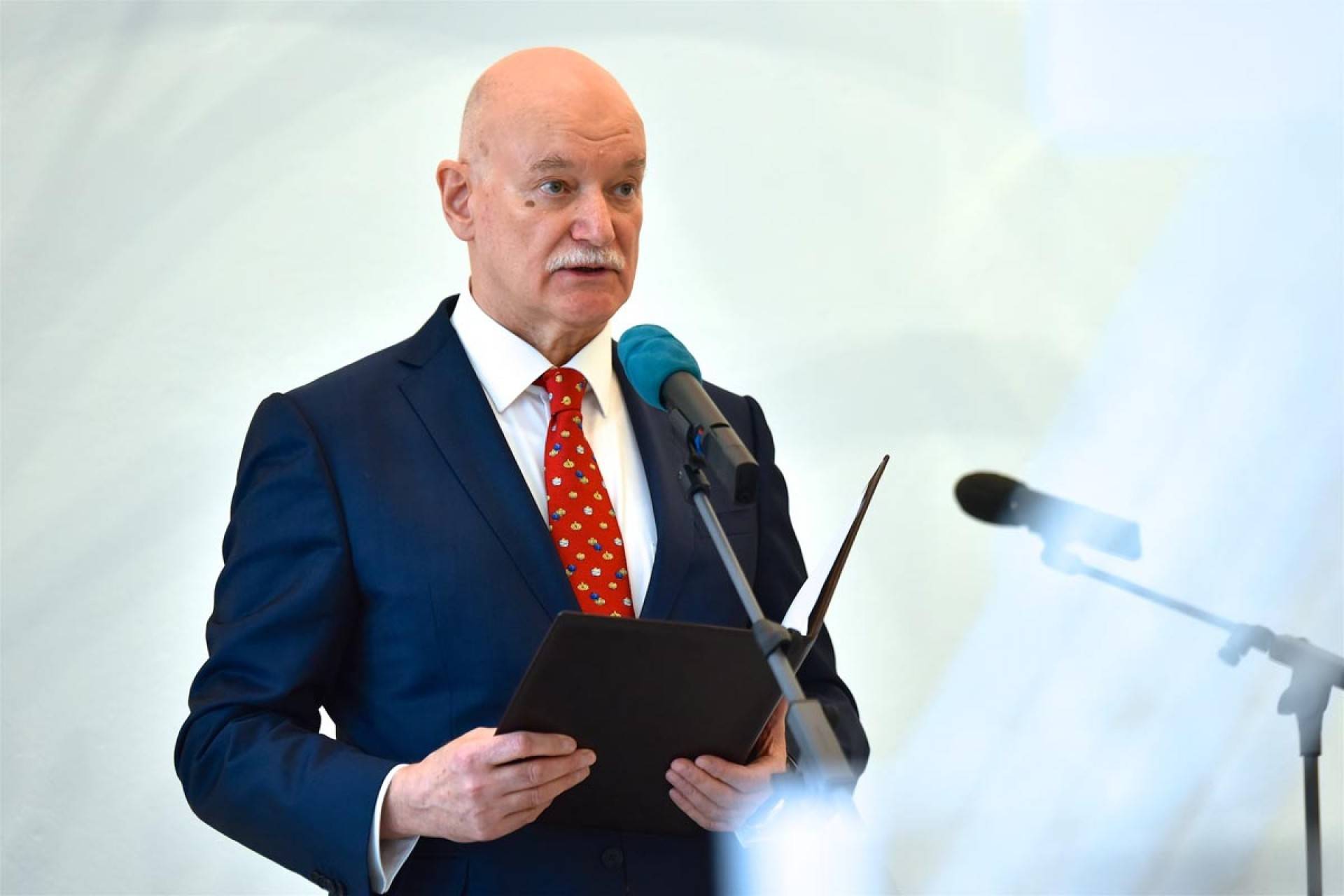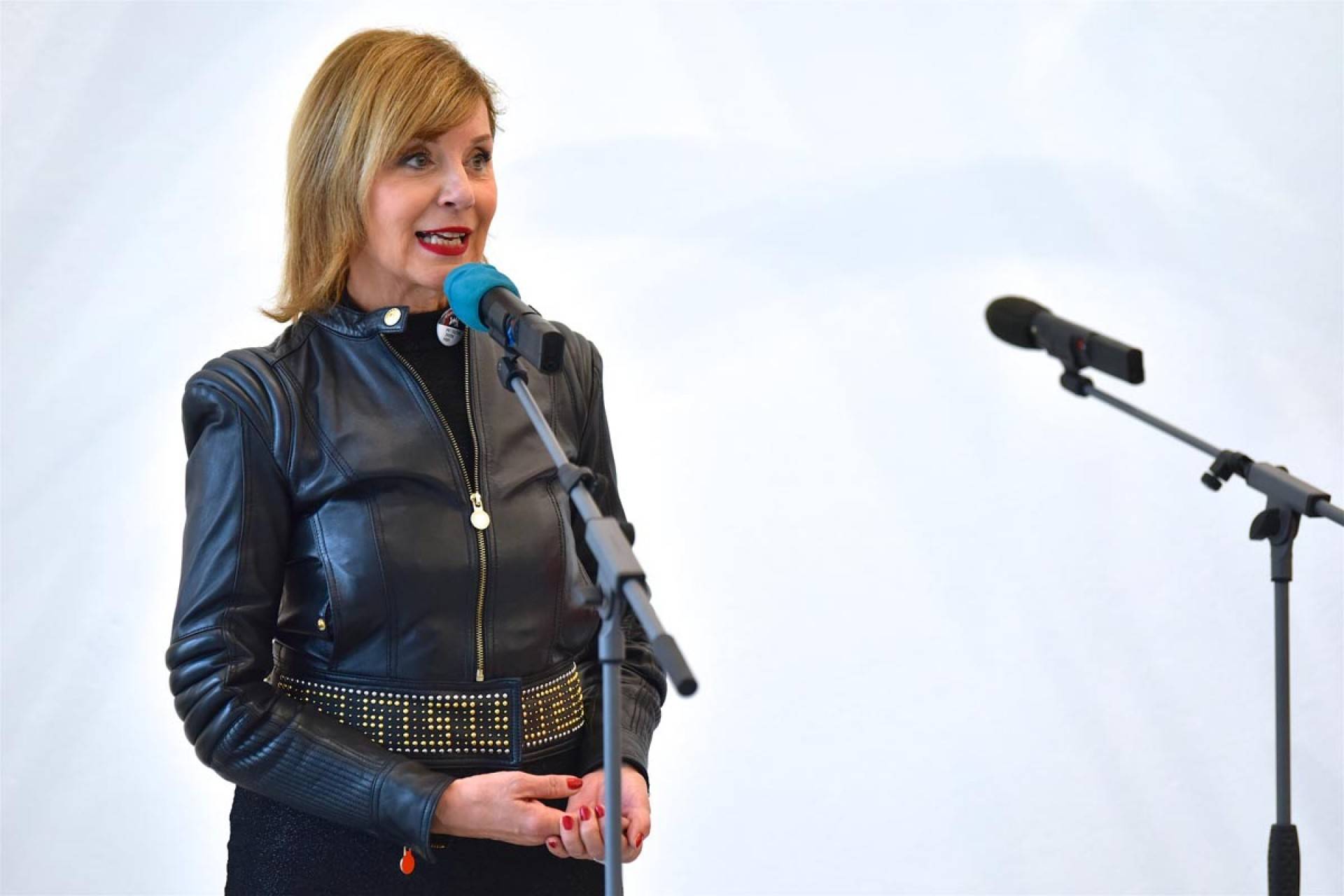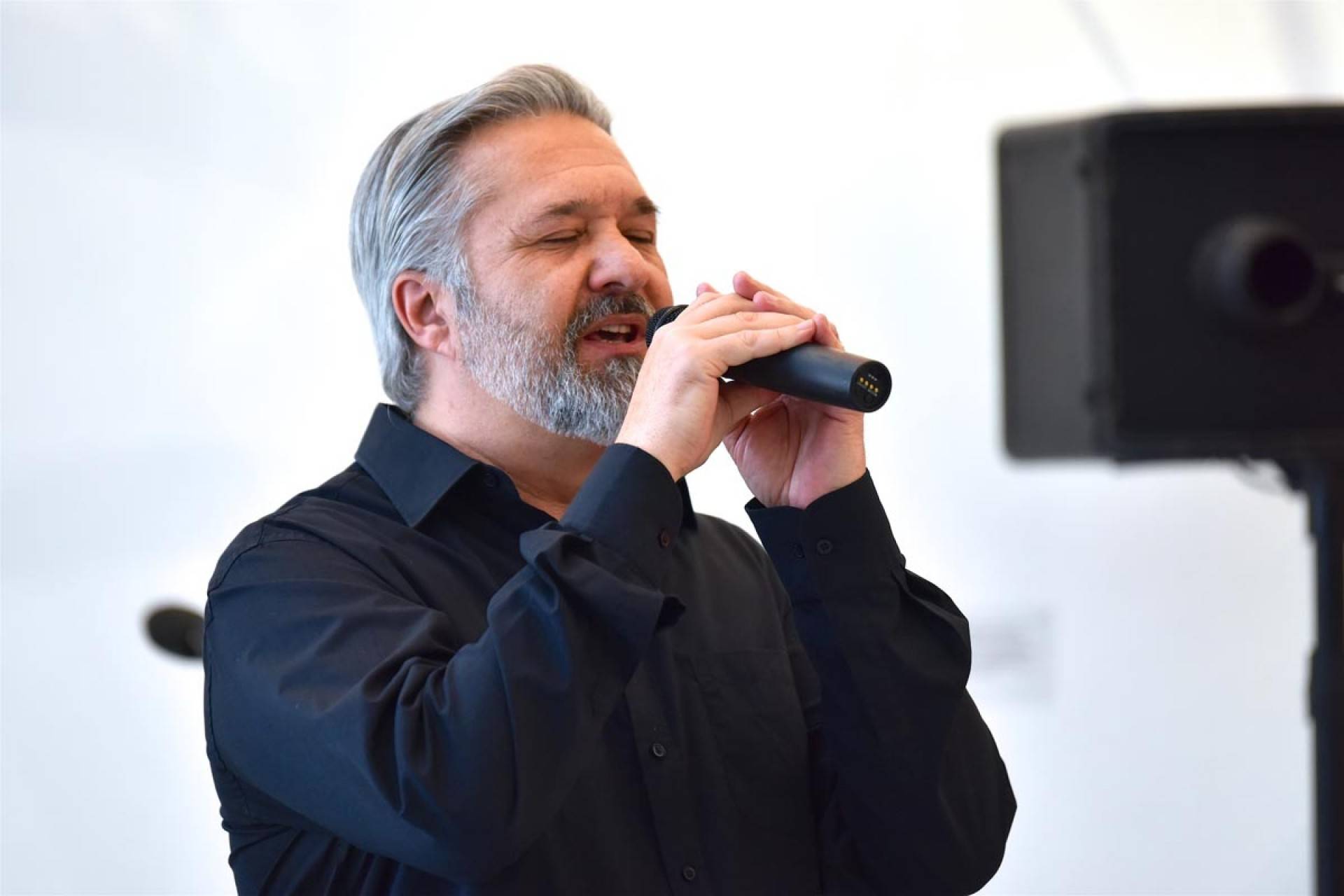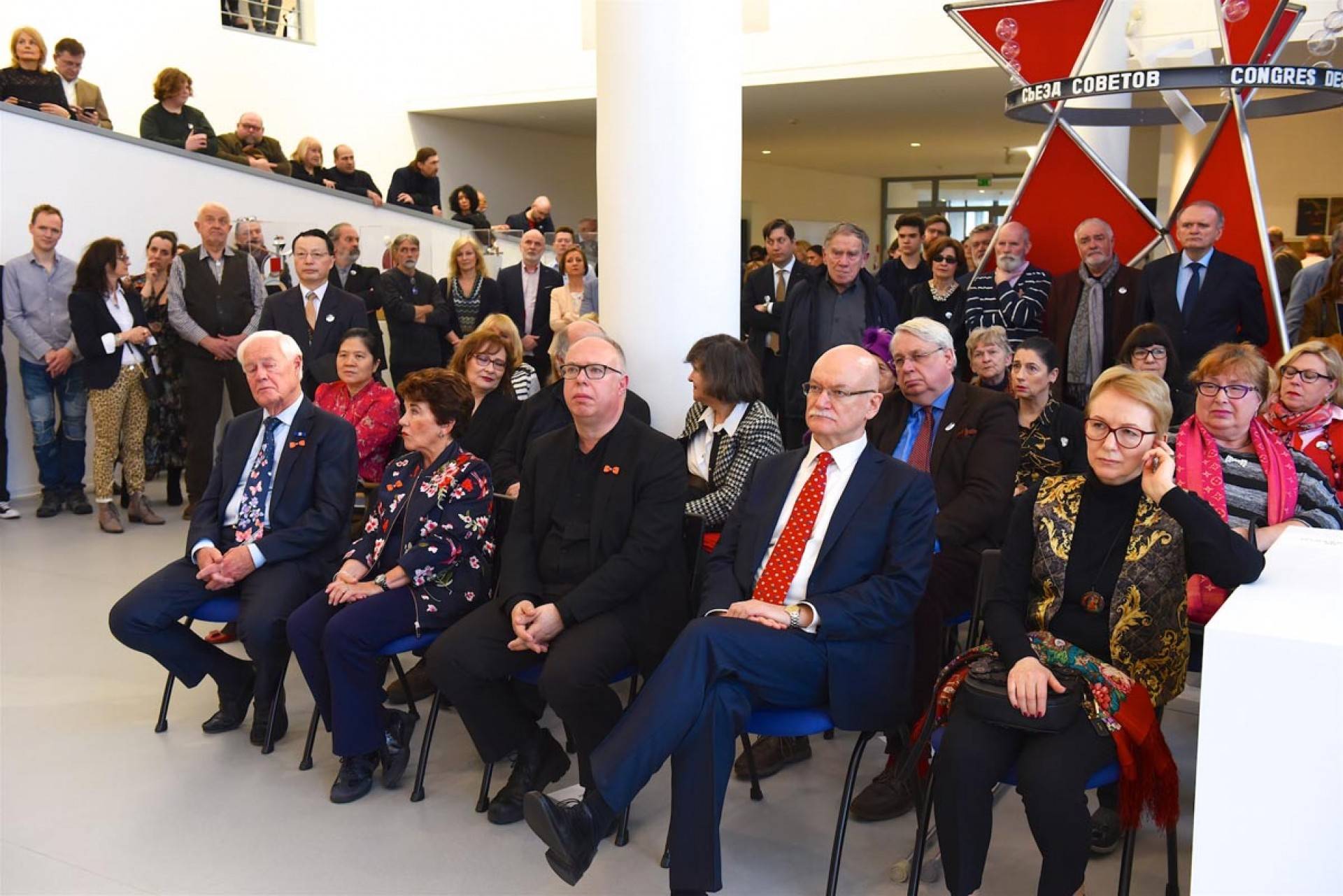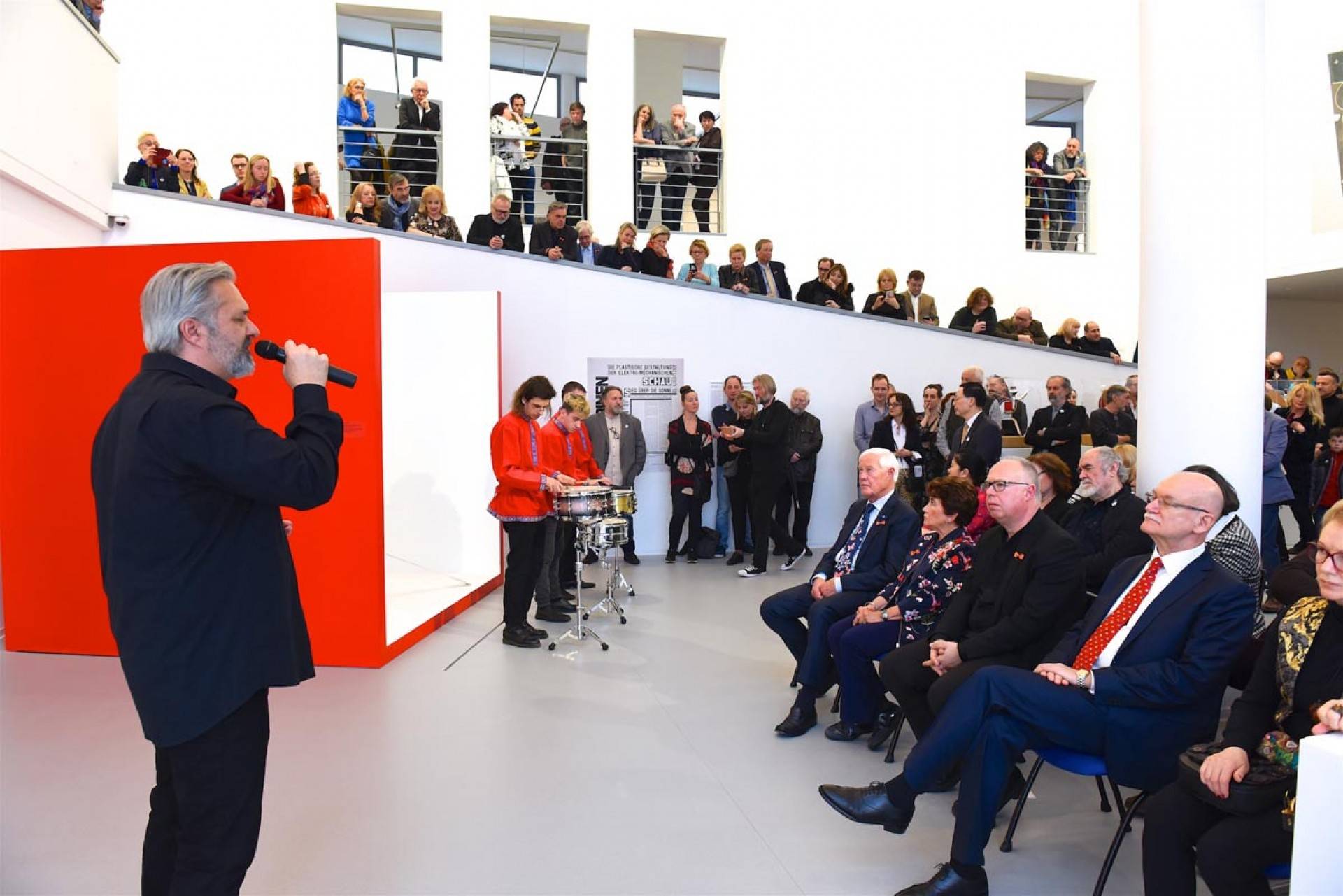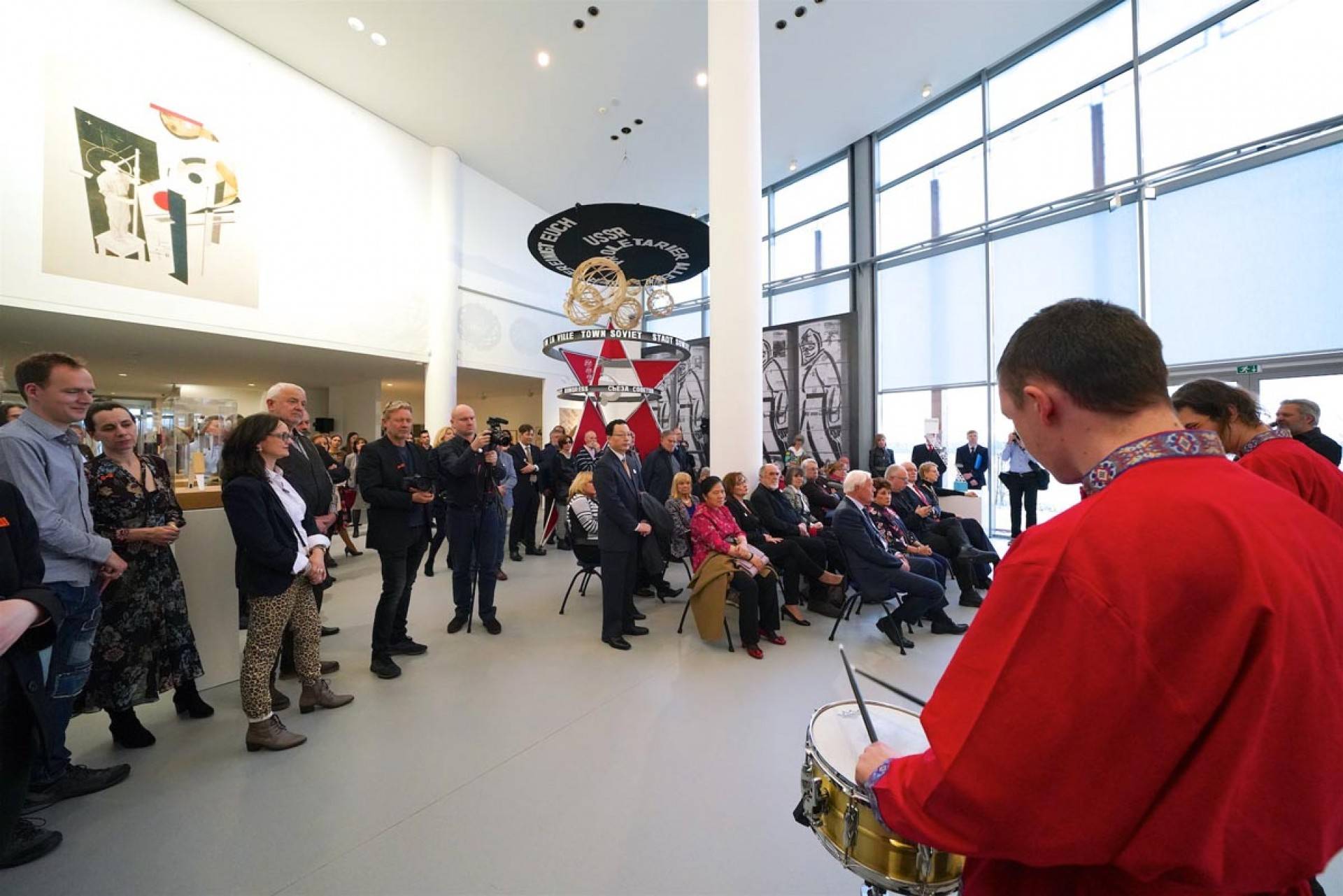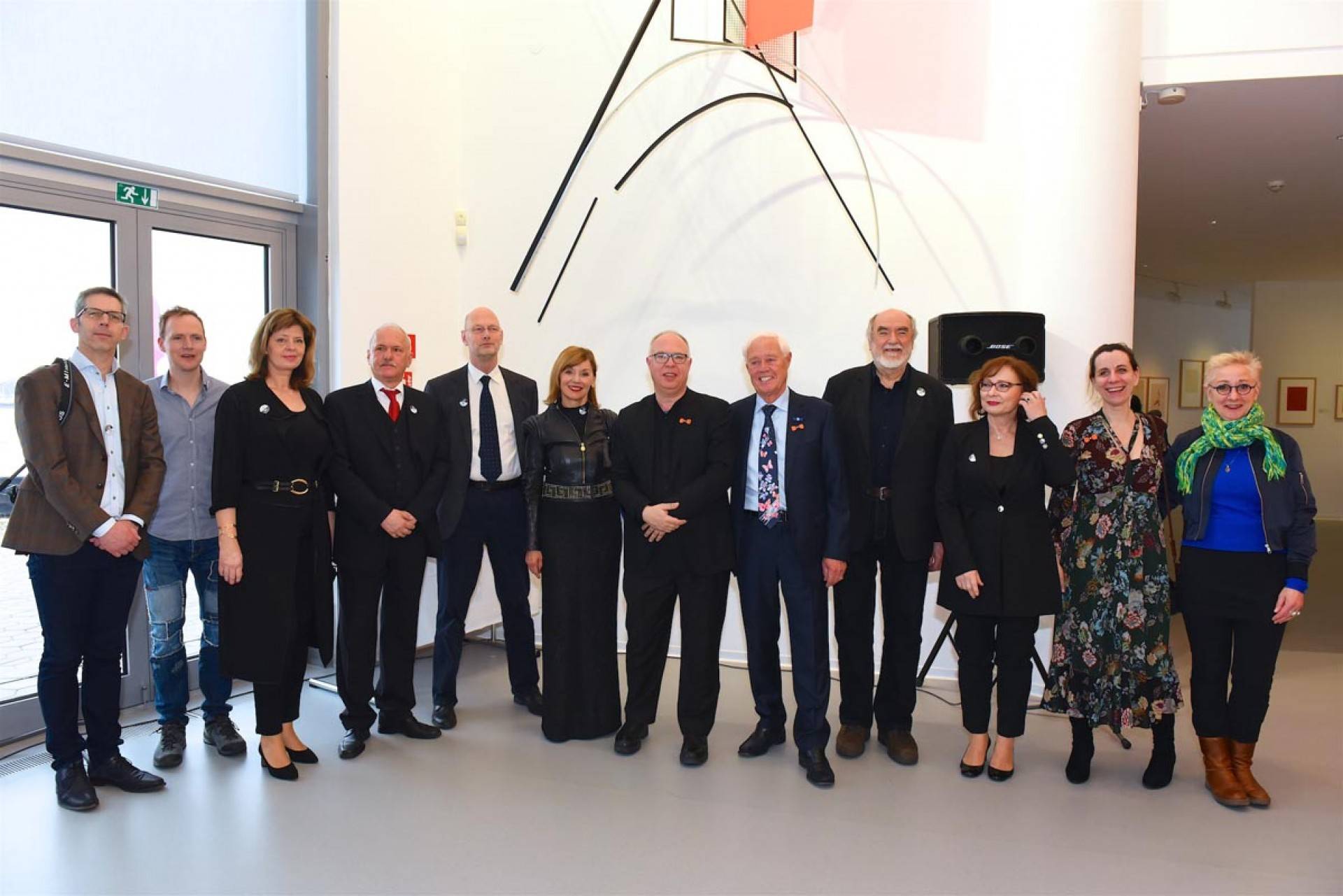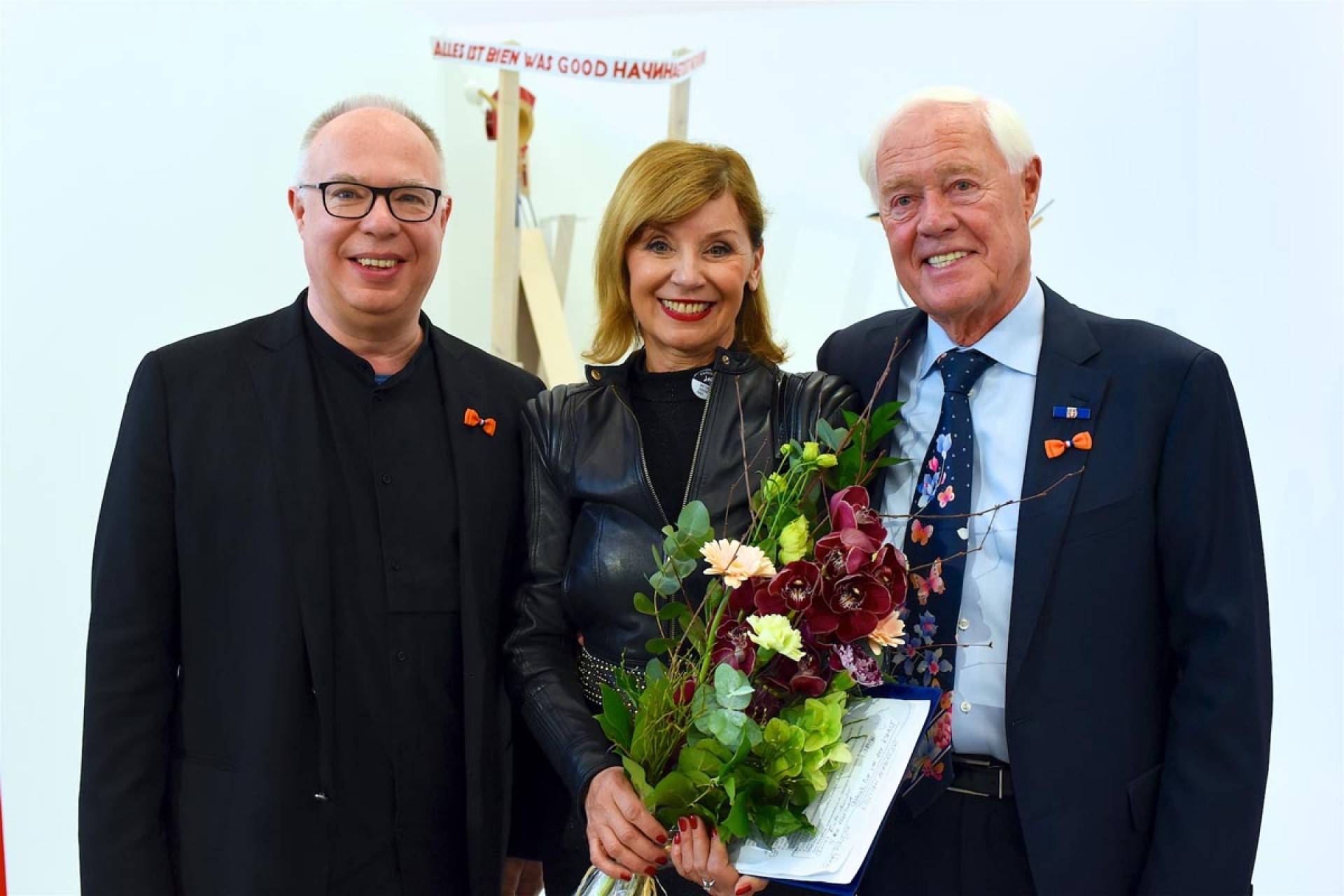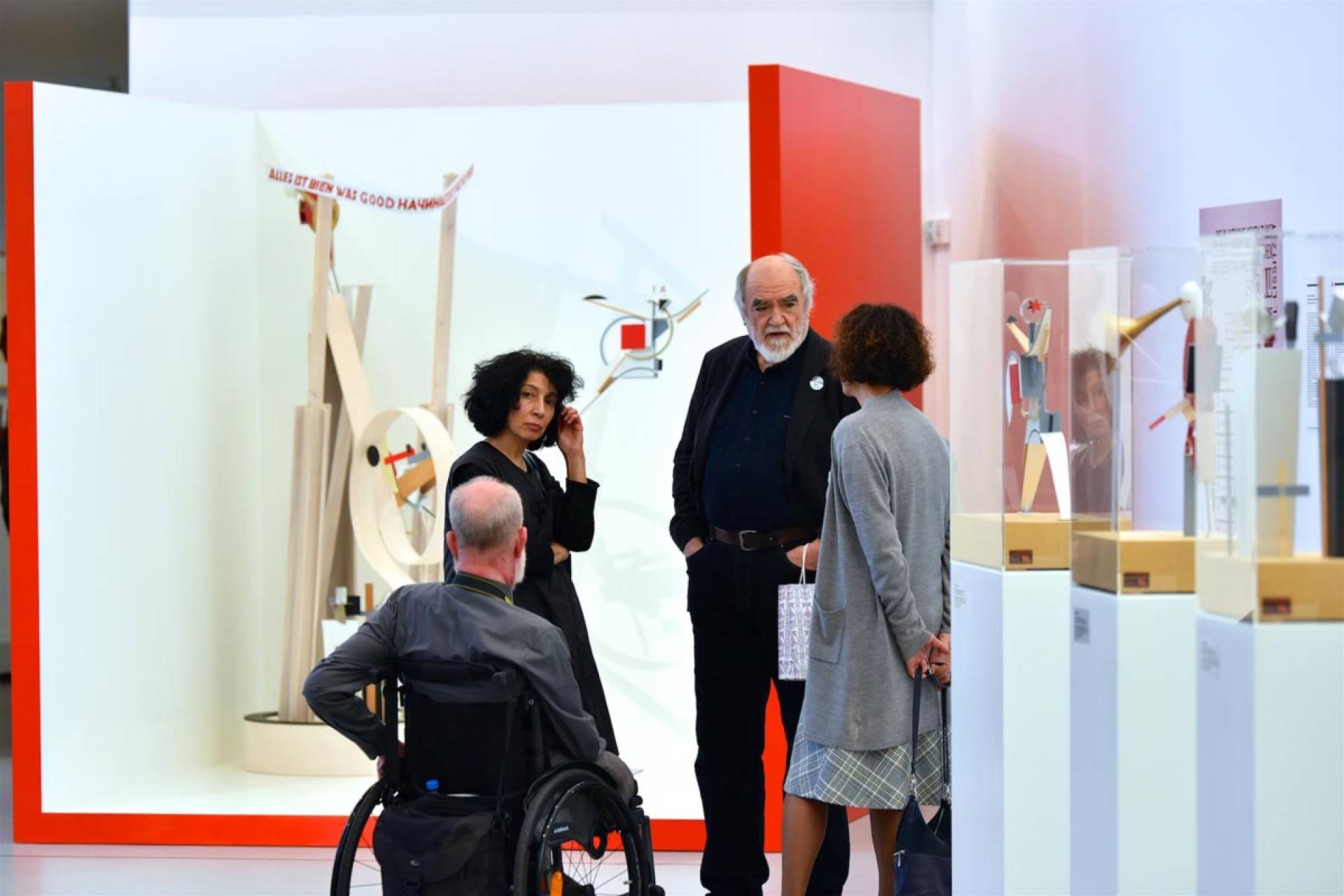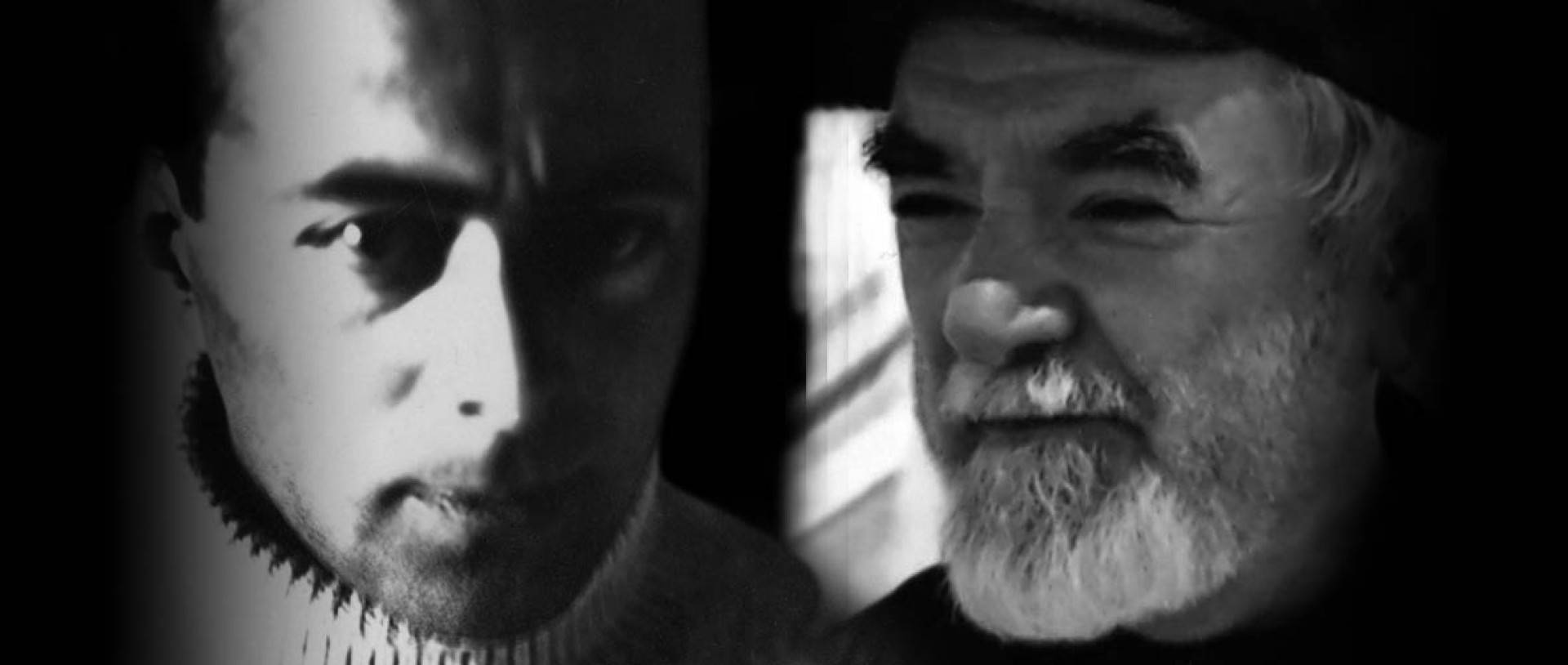

El Lissitzky (1890, Pochinok, Smolensk – 1941, Moscow) is one of the key figures of the Russian – Soviet revolutionary avant-garde and international avant-gardes of the 20th century. He worked as an architect, graphic artist, painter, typographer, designer and photographer. He studied architecture at the Technical University in Darmstadt, Germany (1909 – 1914) and in Moscow (1915 – 1916). He worked at Vitebsk (1919 – 1920) where he was inspired by Suprematism. From 1921 to 1925 he lived in Berlin and elsewhere in Western Europe, where he published books, created exhibitions, and cooperated with several representatives of the international avant-garde. After returning to Moscow he became a member of ASNOVA, taught at VCHUTEMAS and VCHUTEIN, and became the designer of large Soviet exhibitions abroad. He died of tuberculosis. His work is a part of all overviews of 20th century art history and avant-garde exhibitions and can be found in prestigious world collections: MoMA, Solomon R. Guggenheim Collection, New York; Art Institute of Chicago, Chicago; MNAM, Paris; Tate, London; Stedelijk Museum, Amsterdam and others. The Van Abbemuseum in Eindhoven is home to one of the largest collections of Lissitzky’s works in the West. The most extensive retrospective exhibition was held in the Jewish Museum of Center of Tolerance and the New Tretyakov Gallery in Moscow (2017/2018).
The El Lissitzky exhibition (ground floor and two balconies) is composed of a unique collection of designs, paintings – gouaches, aquarelles, drawings, graphic sheets, posters and books illustrations from the Van Abbemuseum collections. Through originals, facsimiles and later reconstructions of his key works, it presents the fundamental milestones in his life and creative journey. It includes examples of his early Jewish Renaissance strivings, and work from his Suprematist period – designs of prouns (including two unique paintings) which represented his own form of combining painting and architecture. It also shows spatial reconstructions of theater mannequins from the opera Victory over the Sun, architectural designs – the world famous Horizontal Skyscrapers projects and the monumental object from the Pressa exhibition. Ironically, Lissitzky’s work is more valued abroad than at home in Russia, where it was gradually “liberated” from original socio-historical determinations; however, his work became an integral part of all influential “Western” overviews of art history and exhibitions of the interwar avant-garde and visual art of the 20th century. His largest comprehensive exhibition was held in the Tretyakov Gallery and the Jewish Museum and Tolerance Center in Moscow at the end of 2017 and the beginning of 2018. This was also due to the fact that he spent part of the 1920s in Berlin, the Netherlands and Switzerland. This is where he acquired a “European” perspective. He participated in the design and publication of influential artistic and architecture journals, and cooperated with avant-garde movements and prominent representatives of the international avant-garde. On the other hand, up to his premature death he wanted to “change the world” by his works: he stood on the side of revolution and Soviet power; with his avant-garde, radical and non-conformist forms he strove to disseminate and promote the ideas of Communism. In spite of this, he became an iconic figure of the international avant-garde and a predecessor of modern and contemporary architecture, art, graphic and exhibition design. This will mark the first time in which the work of El Lissitzky will be presented in Slovakia – and Central Europe to such an extent.
RUDOLF SIKORA (*1946, Žilina) is one of the most important figures of Slovak visual art, his work of a conceptual pedigree found international recognition. He has been active in most areas of visual art, including painting, drawing, graphic art, photography, action art, objects and installations. He studied at the Academy of Fine Arts in Bratislava (1963 – 1969, under prof. Peter Matejka), where he was later a professor. He has exhibited at the following important international events: Europa, Europa, Kunst- und Ausstellungshalle der BRD, Bonn (1994); Der Riss im Raum; Aspekte/Positionen. 50 Jahre Kunst aus Mitteleuropa 1949 – 1999, Museum moderner Kunst Stiftung Ludwig, Vienna (1999); Light Years: Conceptual Art and the Photograph 1964 – 1977, Art Institute, Chicago (2011); and others.
His works are represented in collections at The Art Institute of Chicago, Chicago; the National Gallery of Art in Washington DC; Ludwig Museum, Cologne; Národní galerie in Prague; and Slovenská národná galéria, Bratislava among others. He presented a retrospective of his work at the exhibition at the National Gallery in Prague (2006) and at the Slovak National Gallery in Bratislava (2008). In 2012 he won the Tatra Banka Award for art and in 2017 the 1st class Pribina Cross.
The Rudolf/eR Sikora exhibition (1st floor) has been designed as an independent visual and ideological parallel to the visual (and ideological) world of El Lissitzky. This thoughtful selection presents older and more recent works of the artist, as well as their new re-interpretations (from the 1970s up to the present). Special emphasis is placed on several cycles whose visuality is subconsciously and consciously inspired by the expression and sign repertoire of the revolutionary avant-garde.
The exhibition is divided into three mutually related lines: the first briefly presents Sikora’s story in art and crucial points; the second presents the works in which he reacted to the legacy of the revolutionary avant-gardes, embodied especially by the works of Malevich, from 1990 to the beginning of the new millennium, and the third features current interpretations and updates of some of El Lissitzky’s works, “here and now”. Social activism, which found its natural application in Sikora’s artistic concepts full of ethical and ecological appelativeness, is an inseparable part of his personality even today. Sikora is one of those creators who takes on his shoulders the “cross of civilization” and the social issues of individuals and mankind with total personal engagement. Less than one hundred years after El Lissitzky, eR Sikora suggestively points to the state of the world and human civilization, to what has happened to wonderful, utopian ideas, where the dreams which Russian revolutionary artists believed in, El Lissitzky among them, collapsed... The works of both artists are connected, over time, by their visual and immanently artistic consideration: a striving for universalism, a direct and laconic language which does not lack typical “Constructivist” poetry, photography, photo-montages, texts and objects that step out of the picture, created on the boundary of painting, sculpture and architecture.
Katarína Bajcurová

